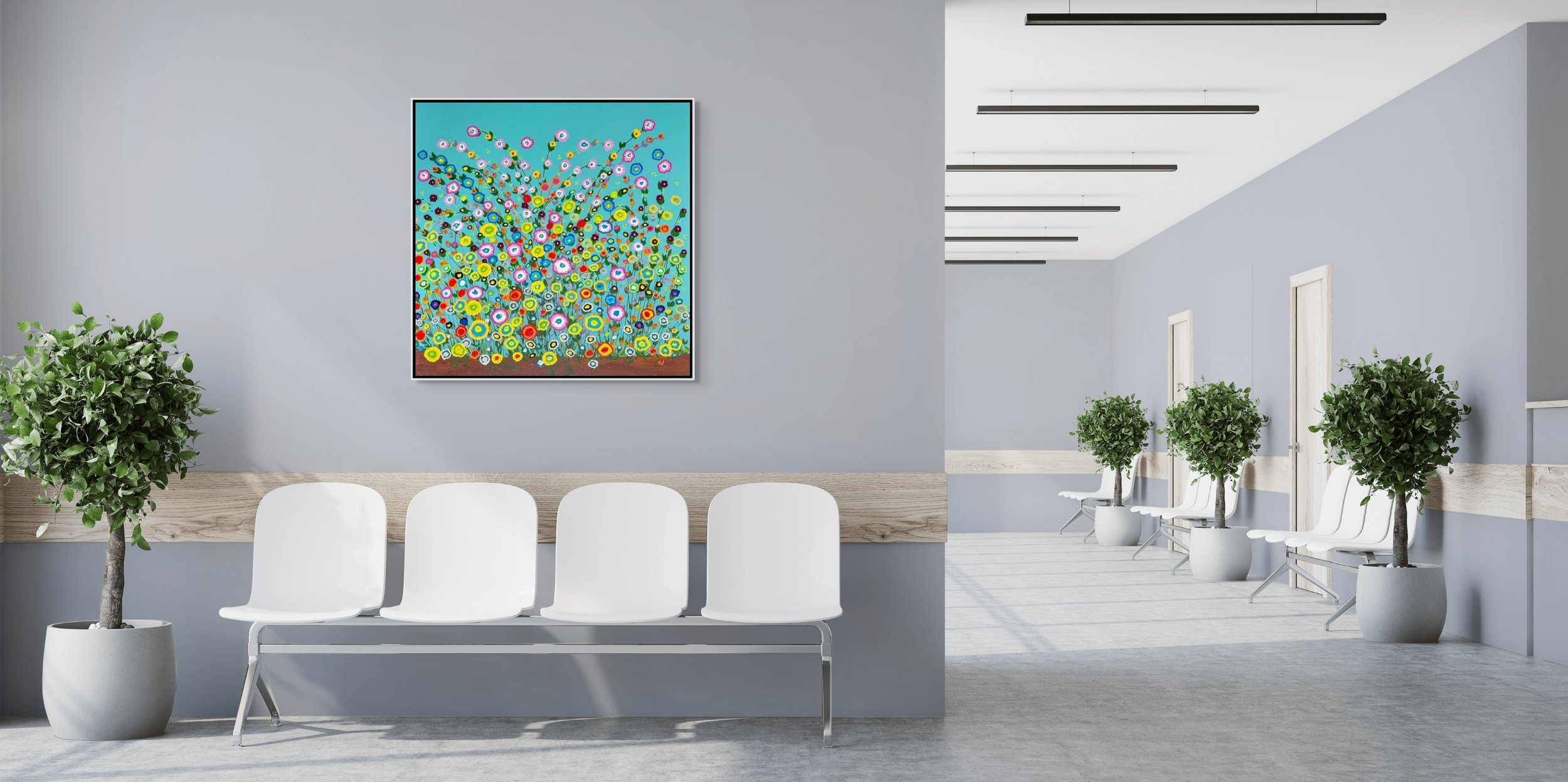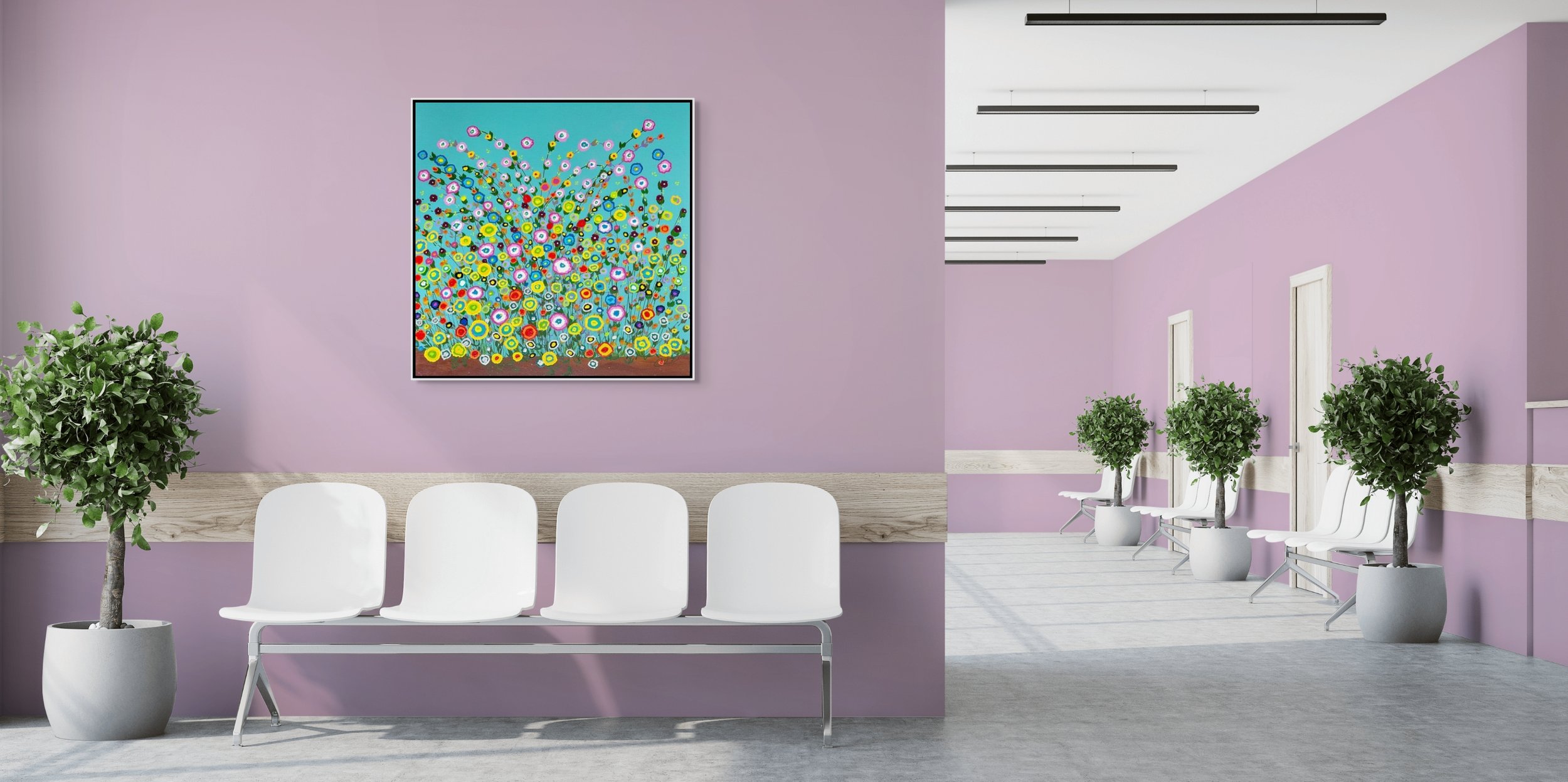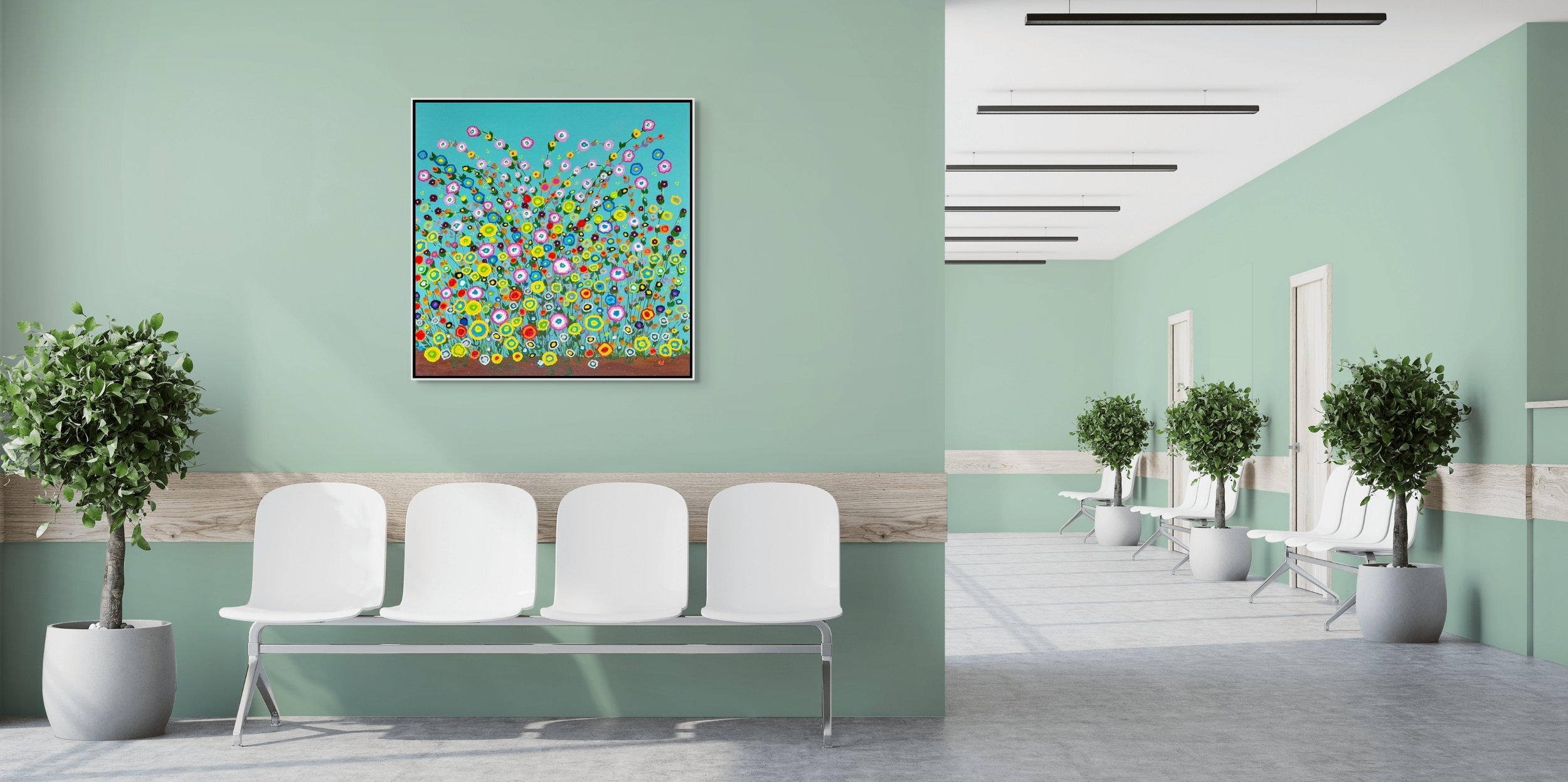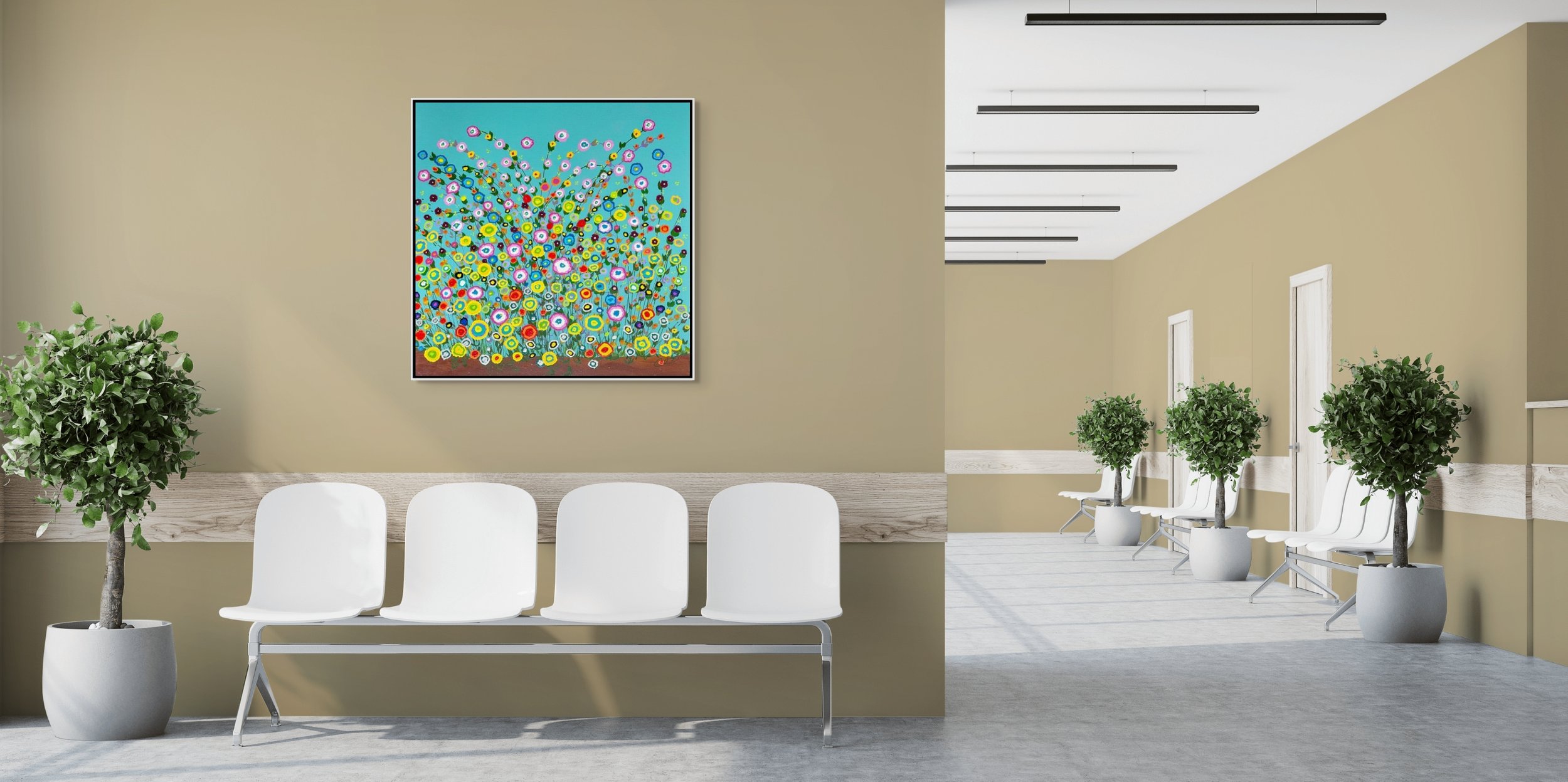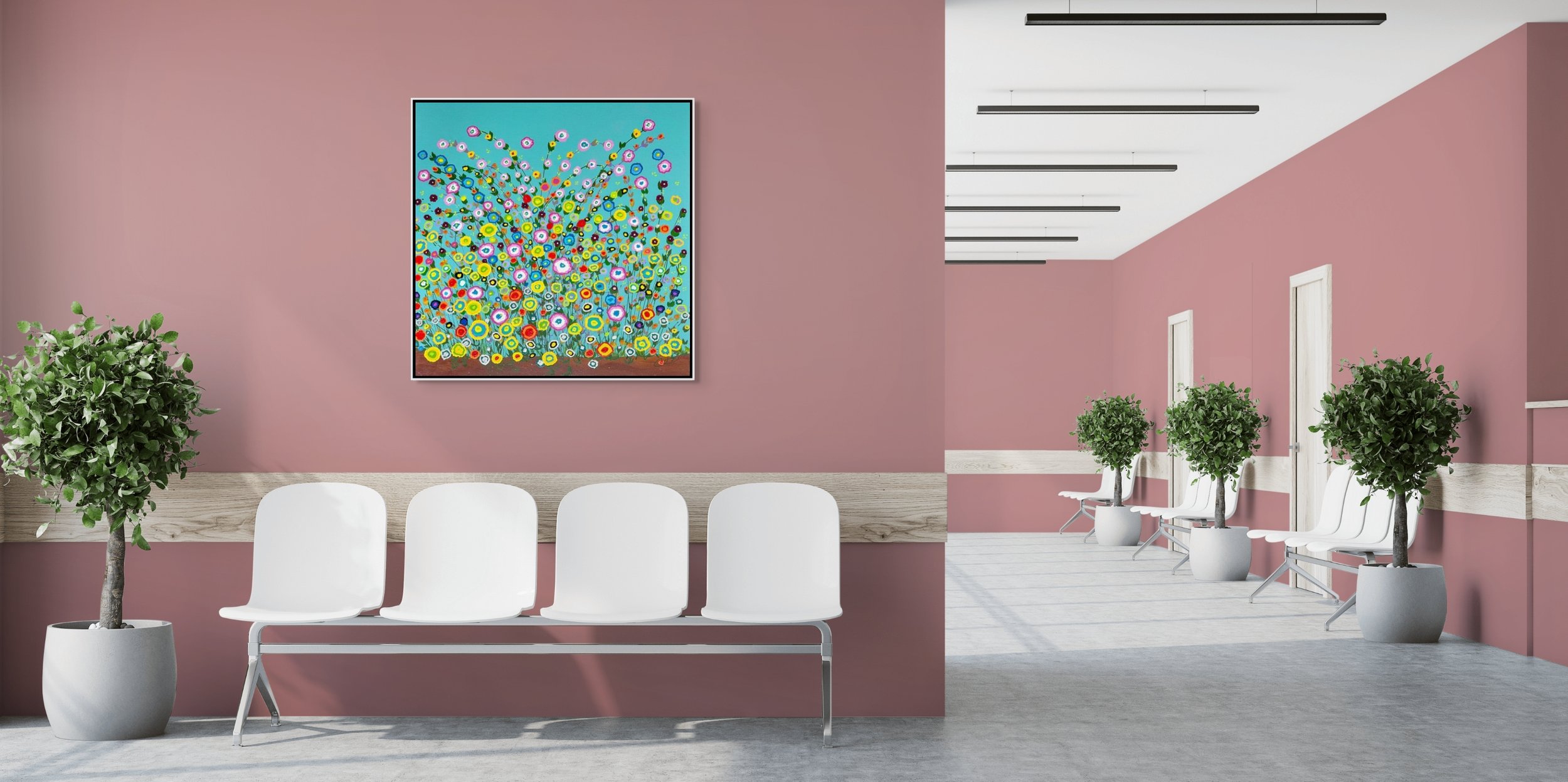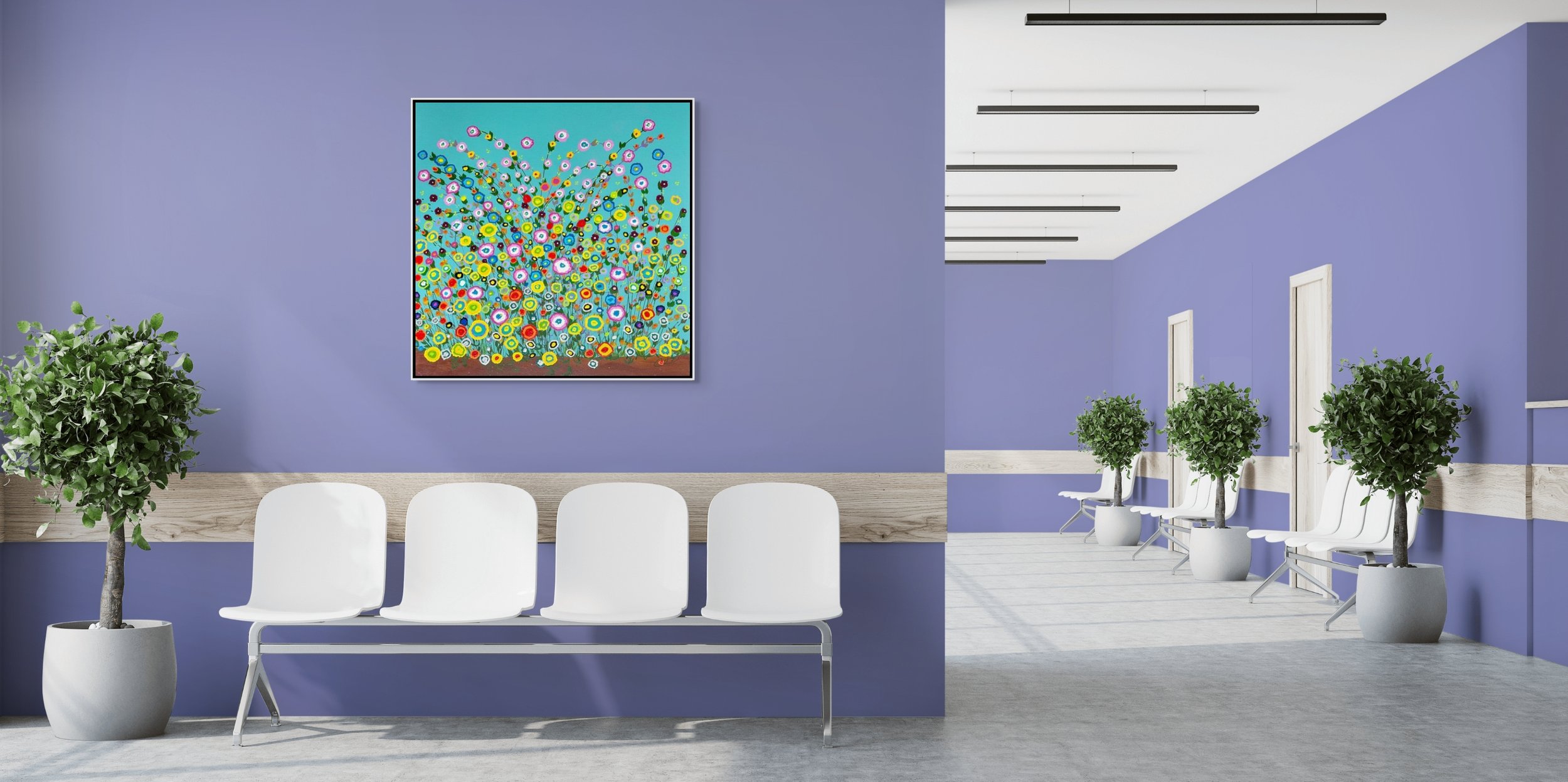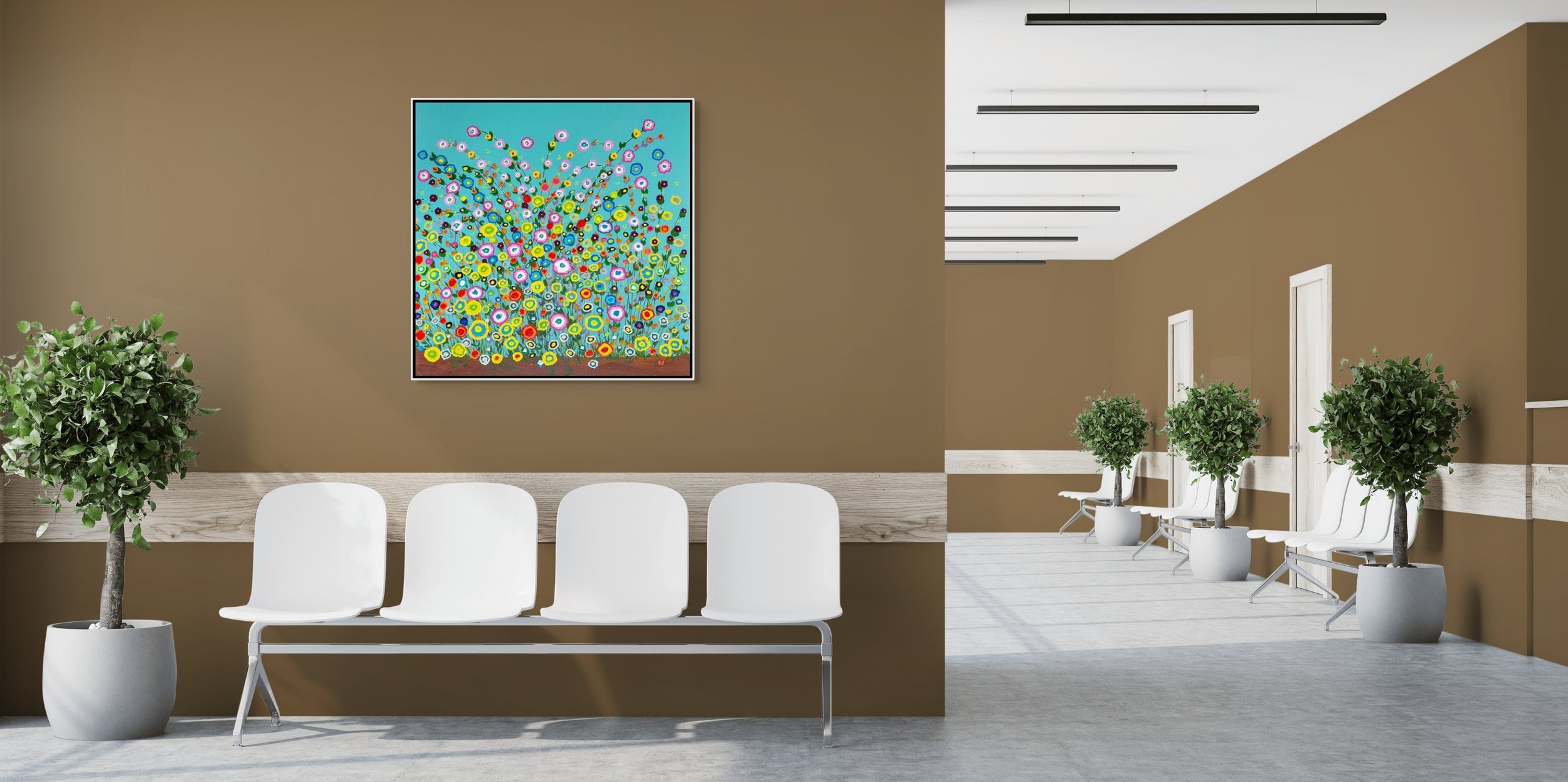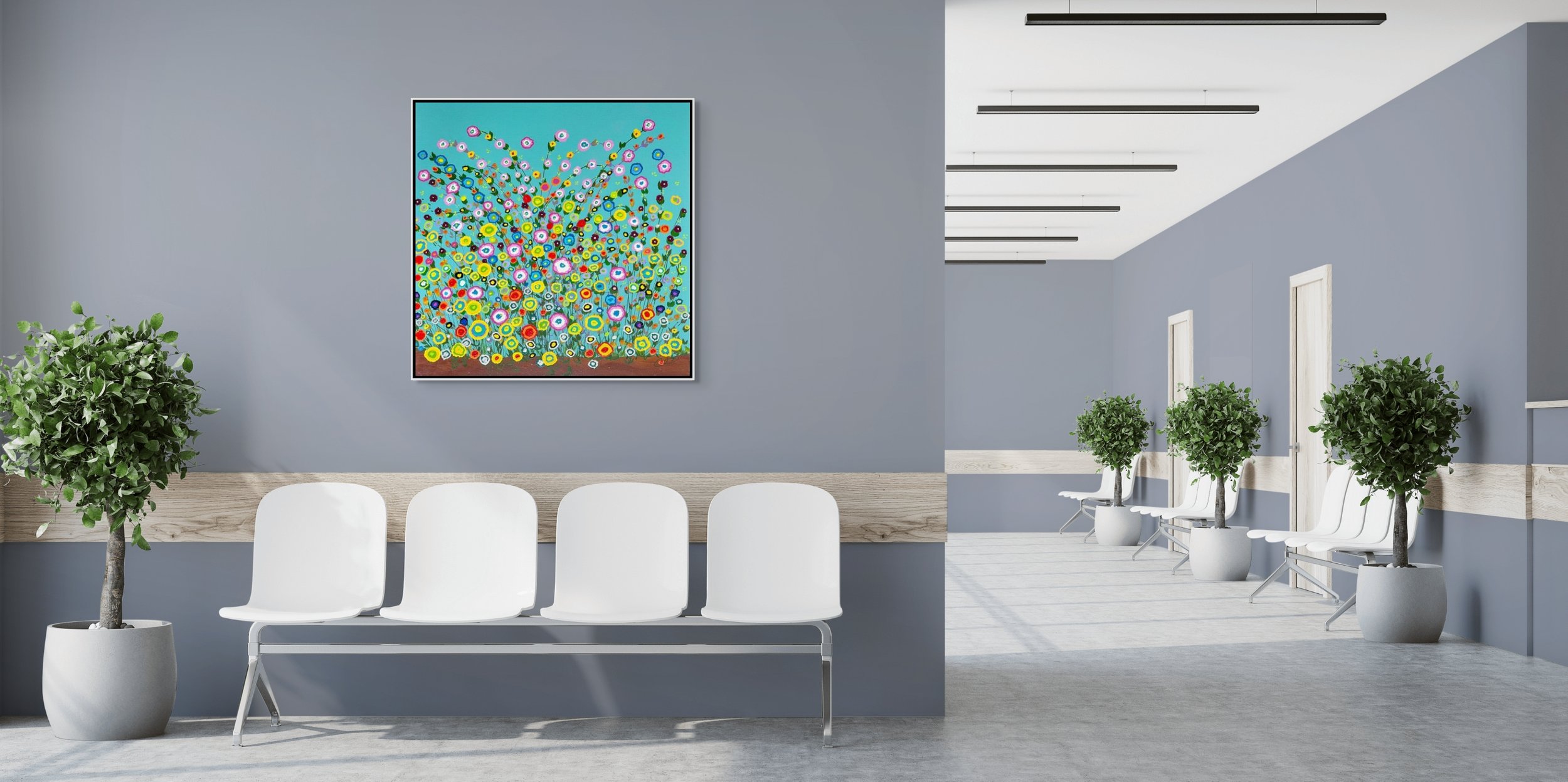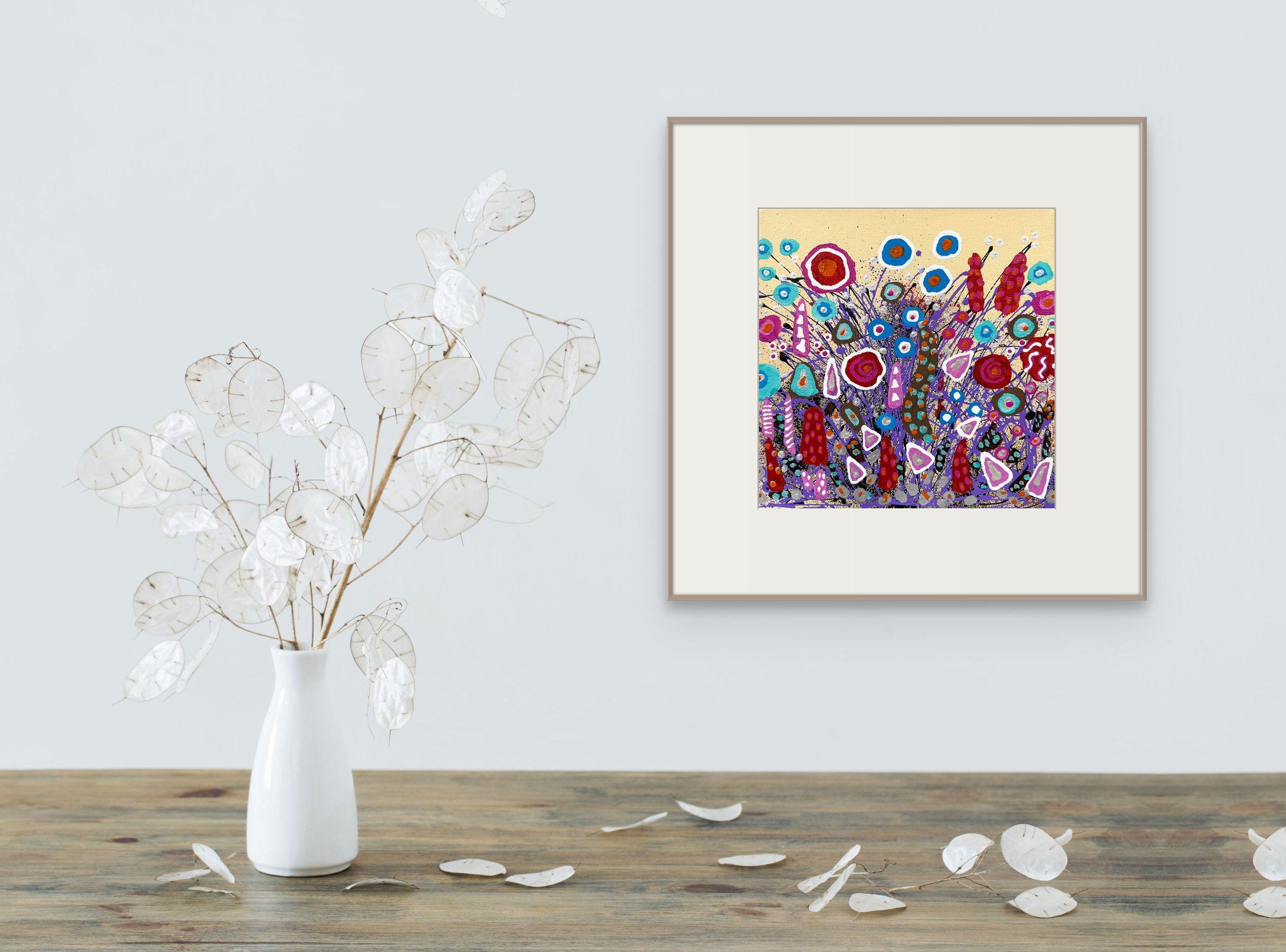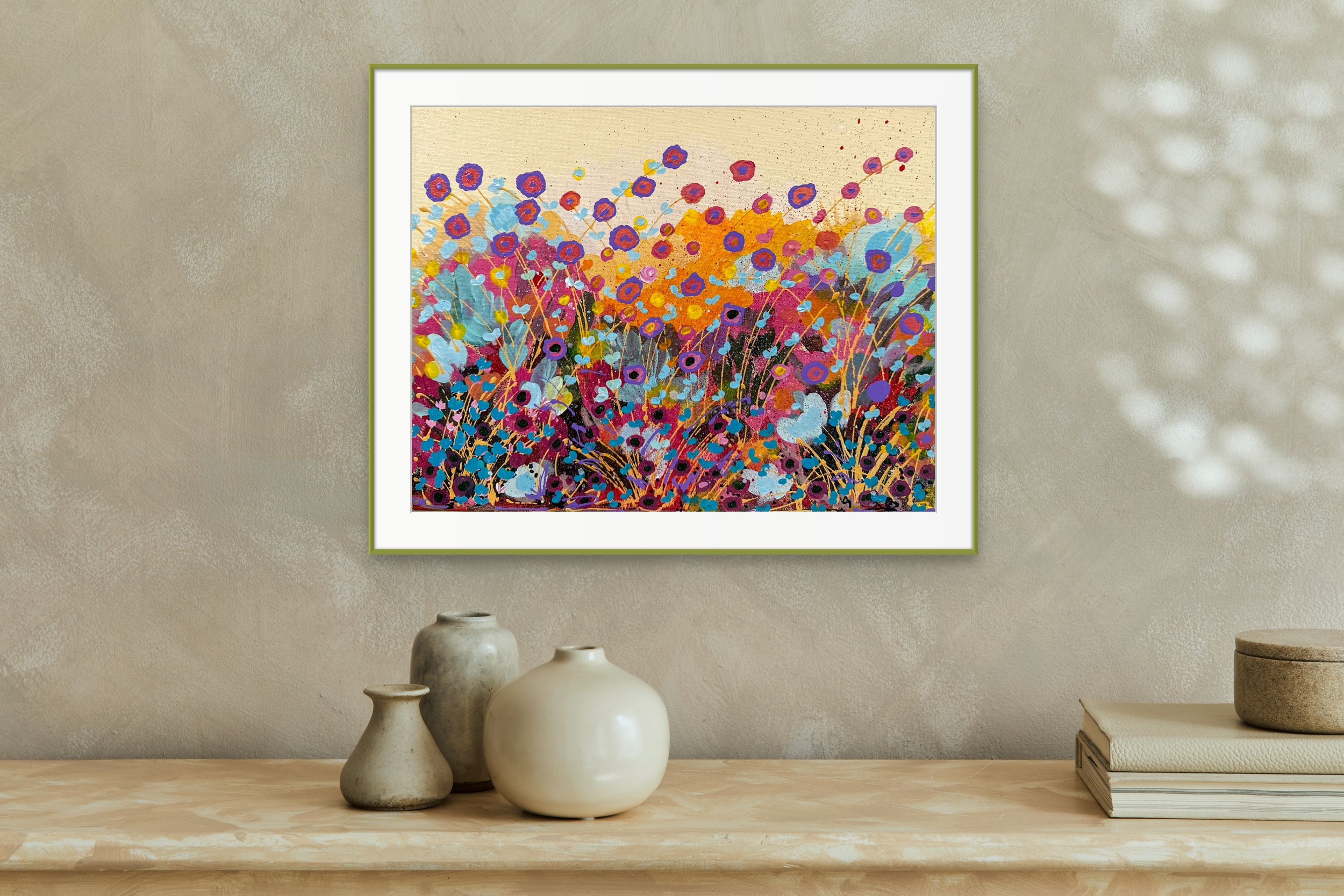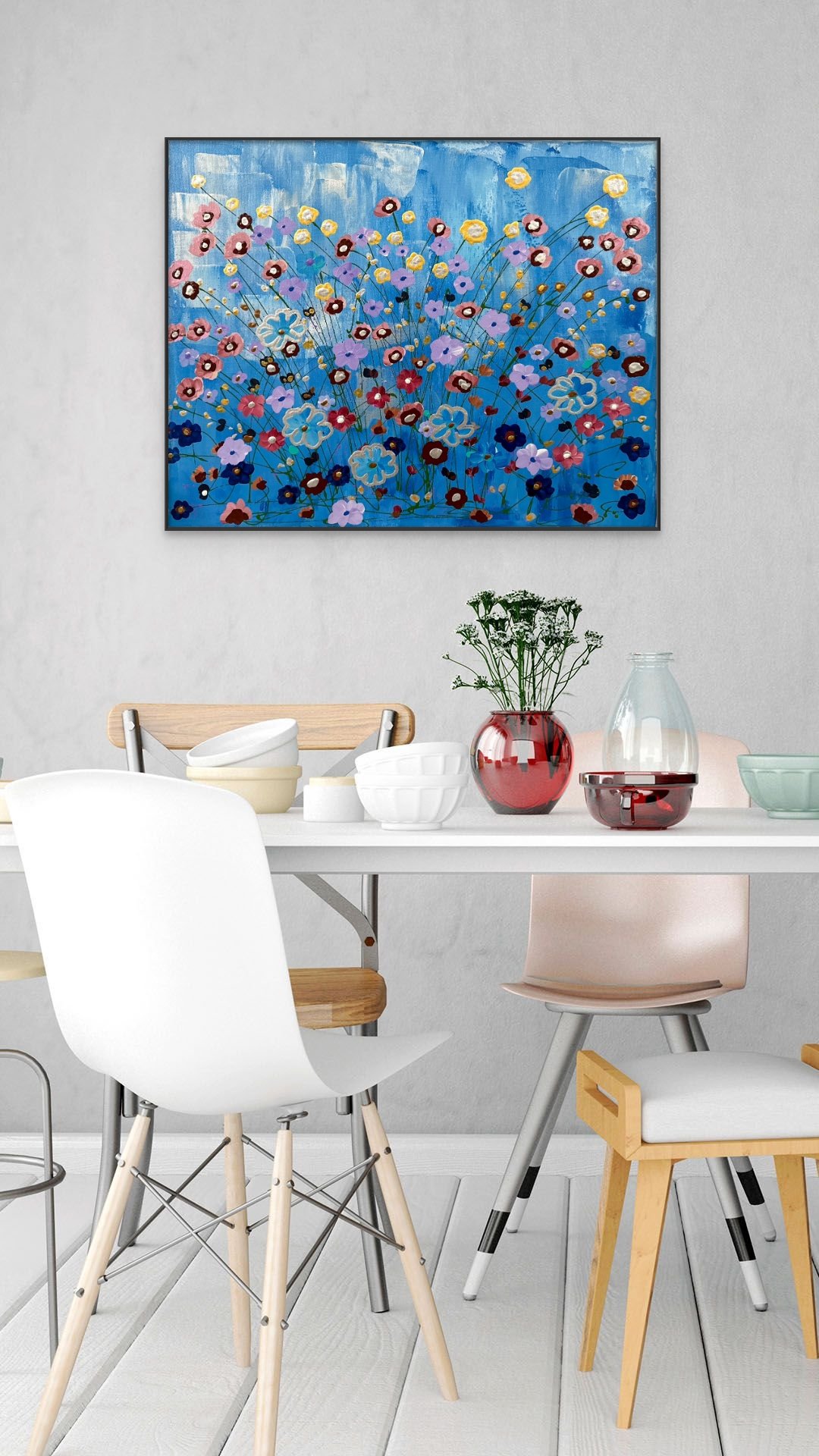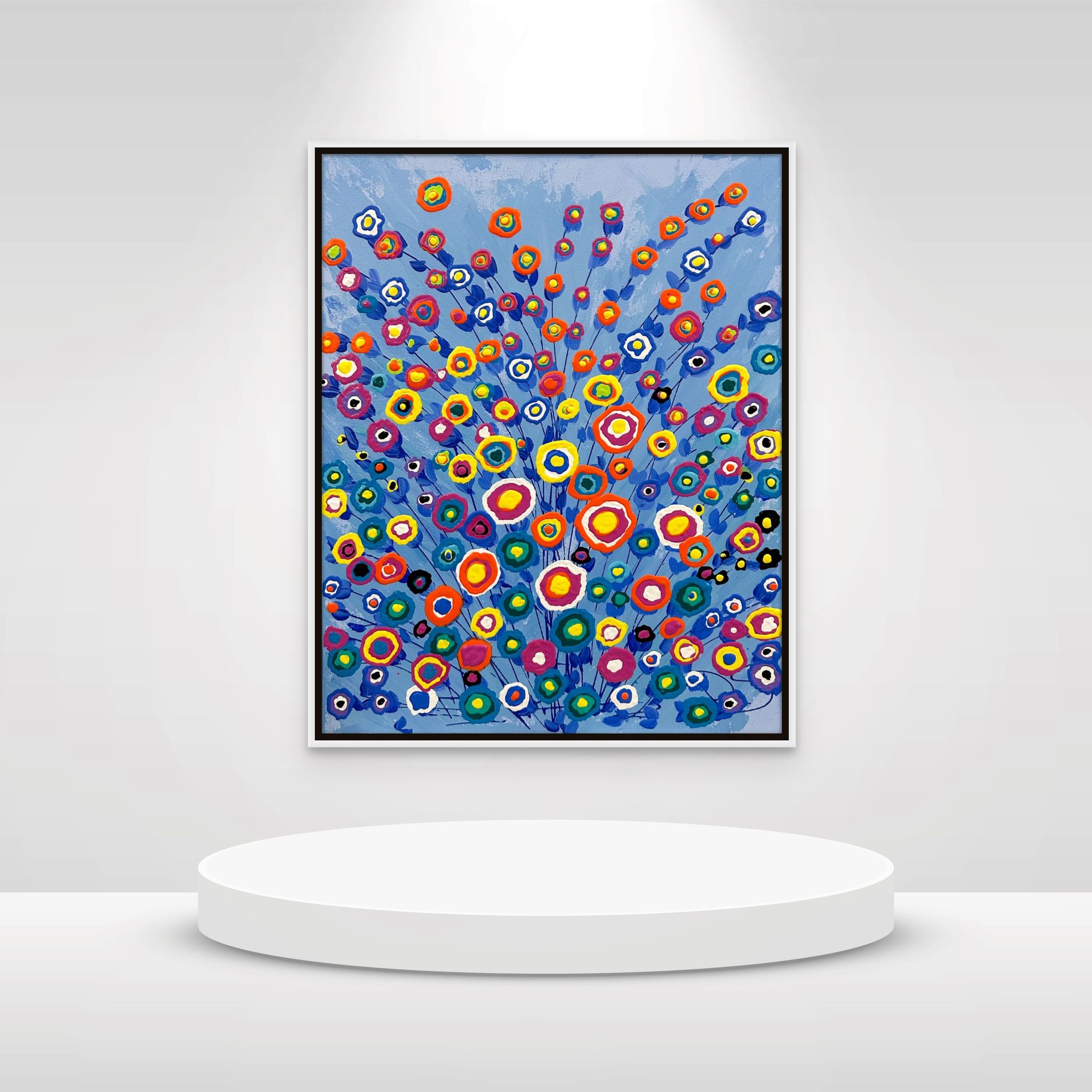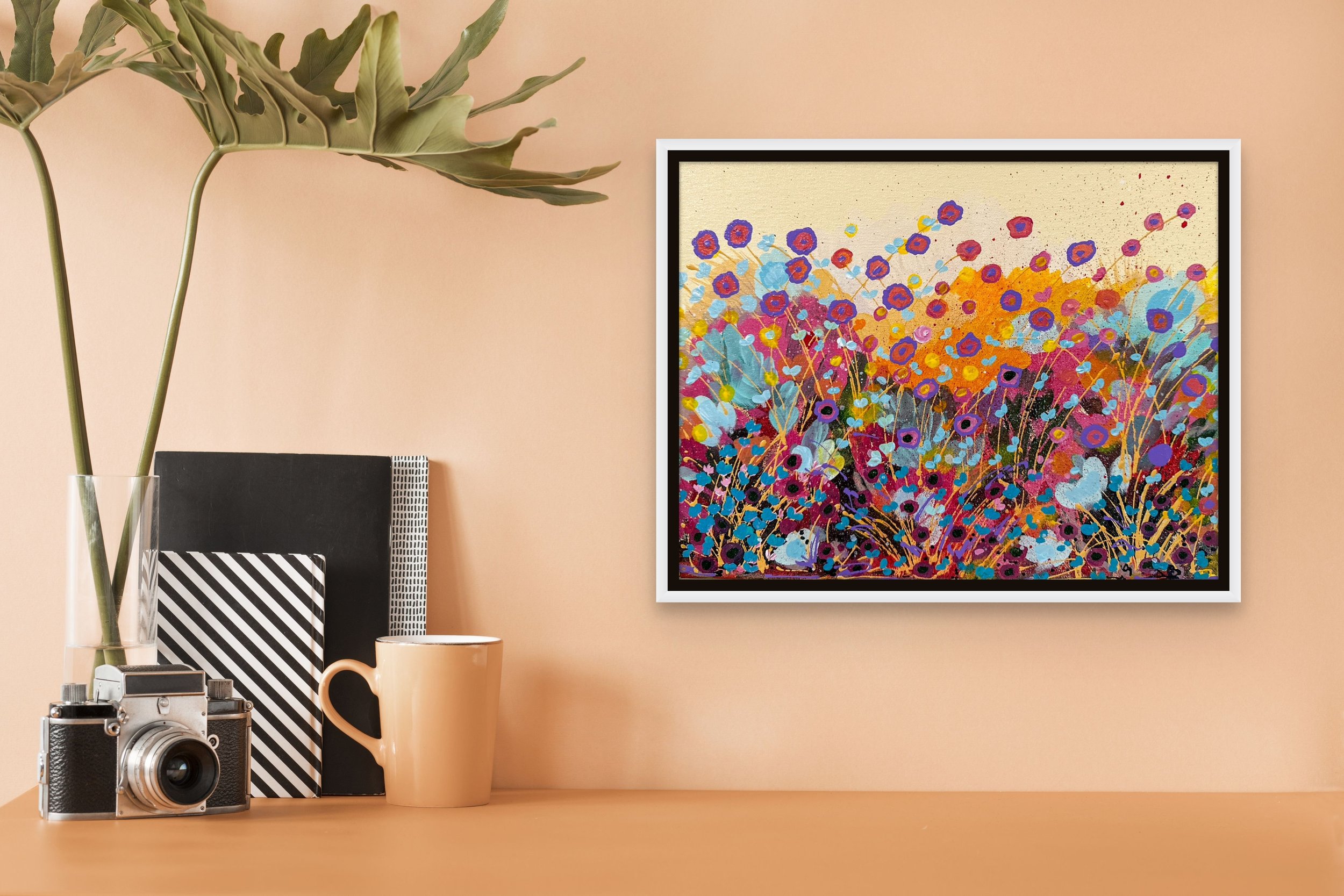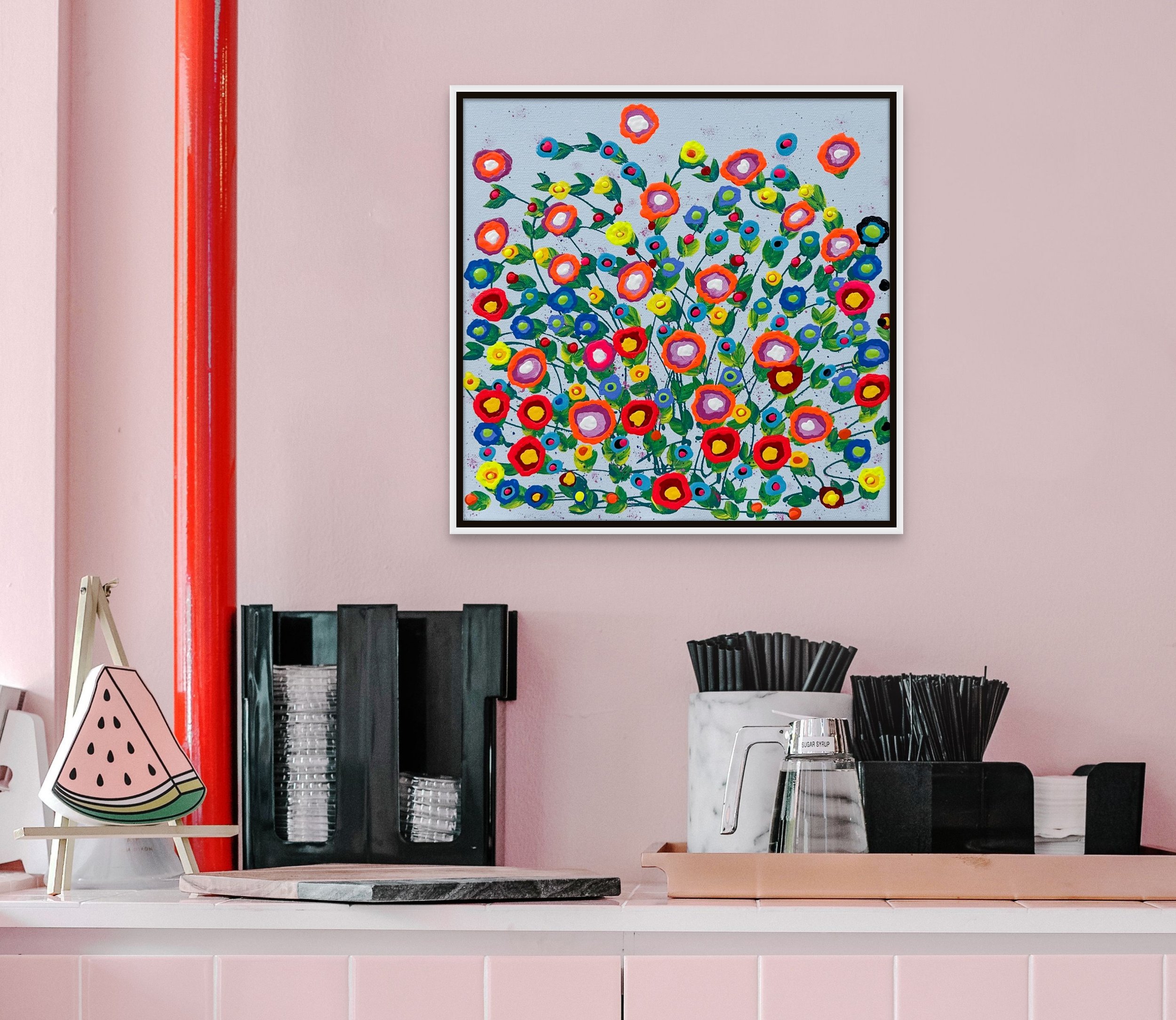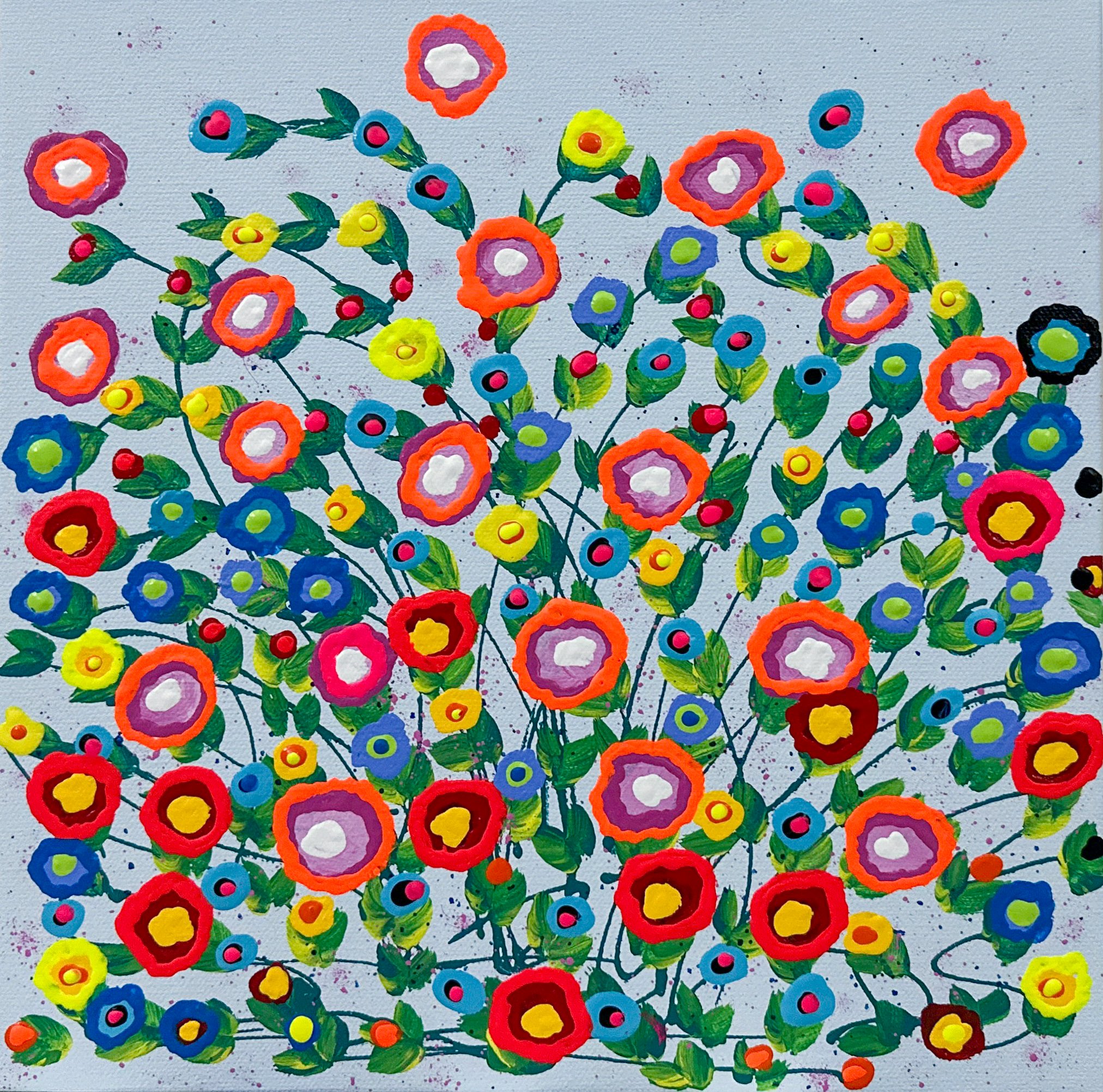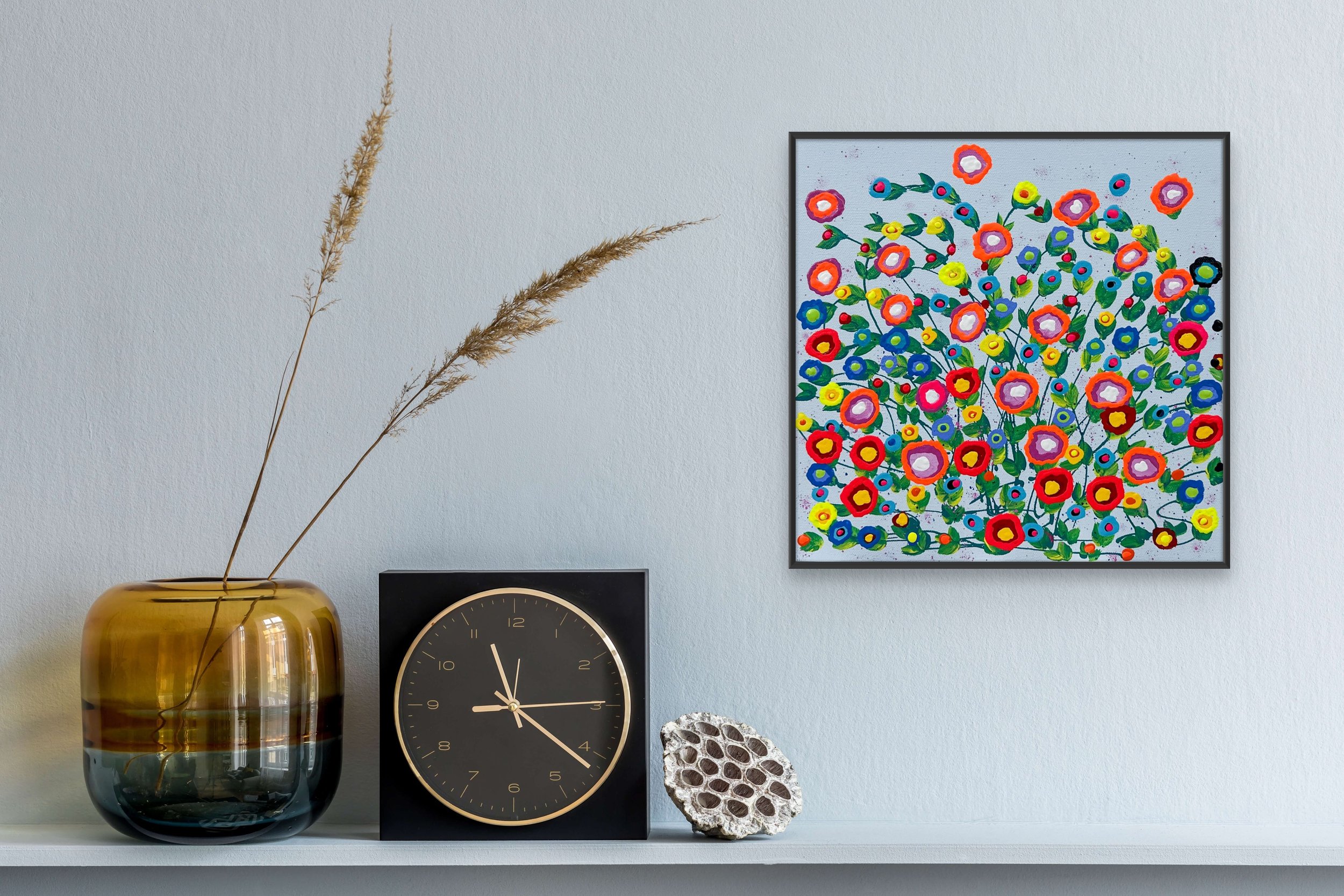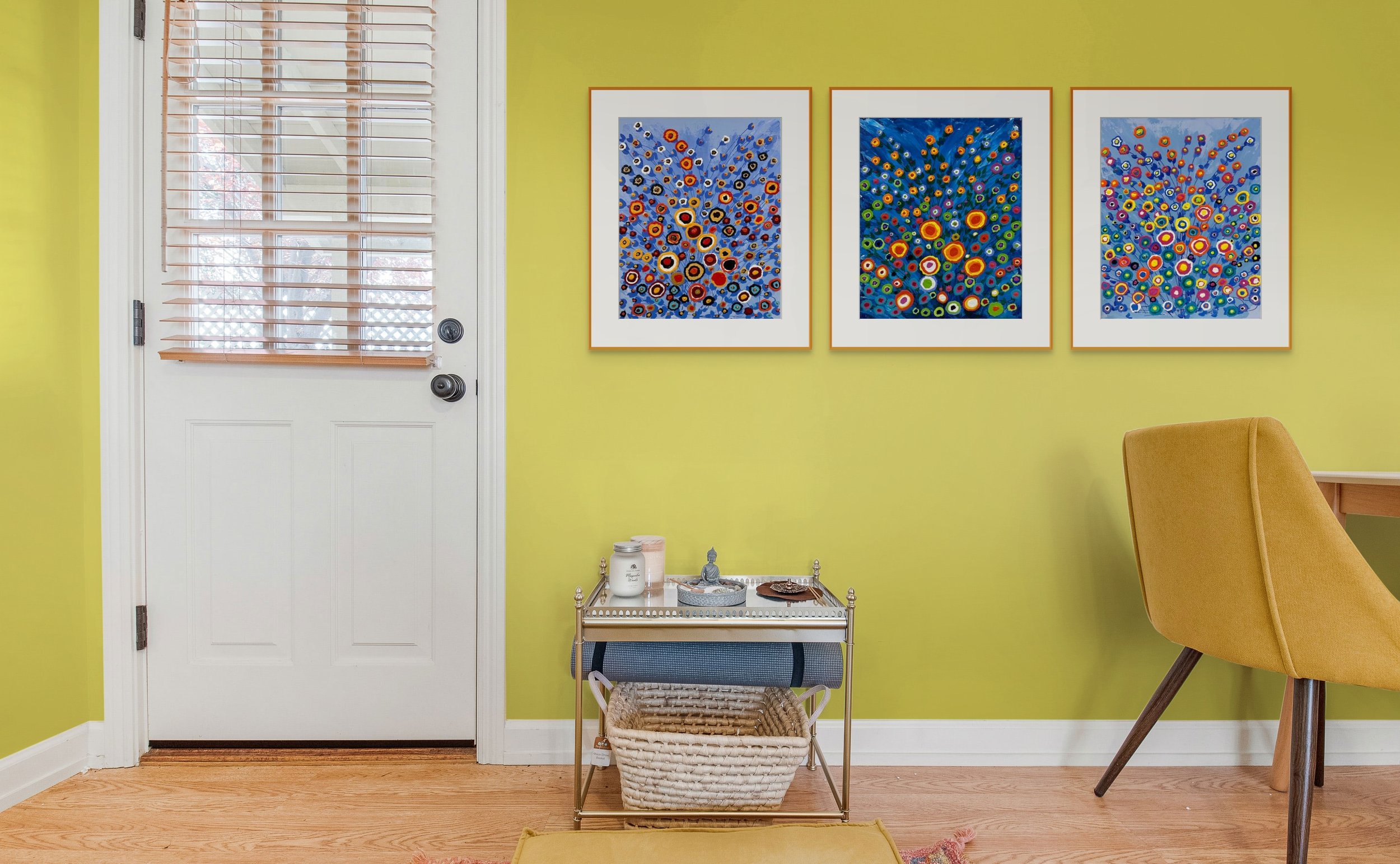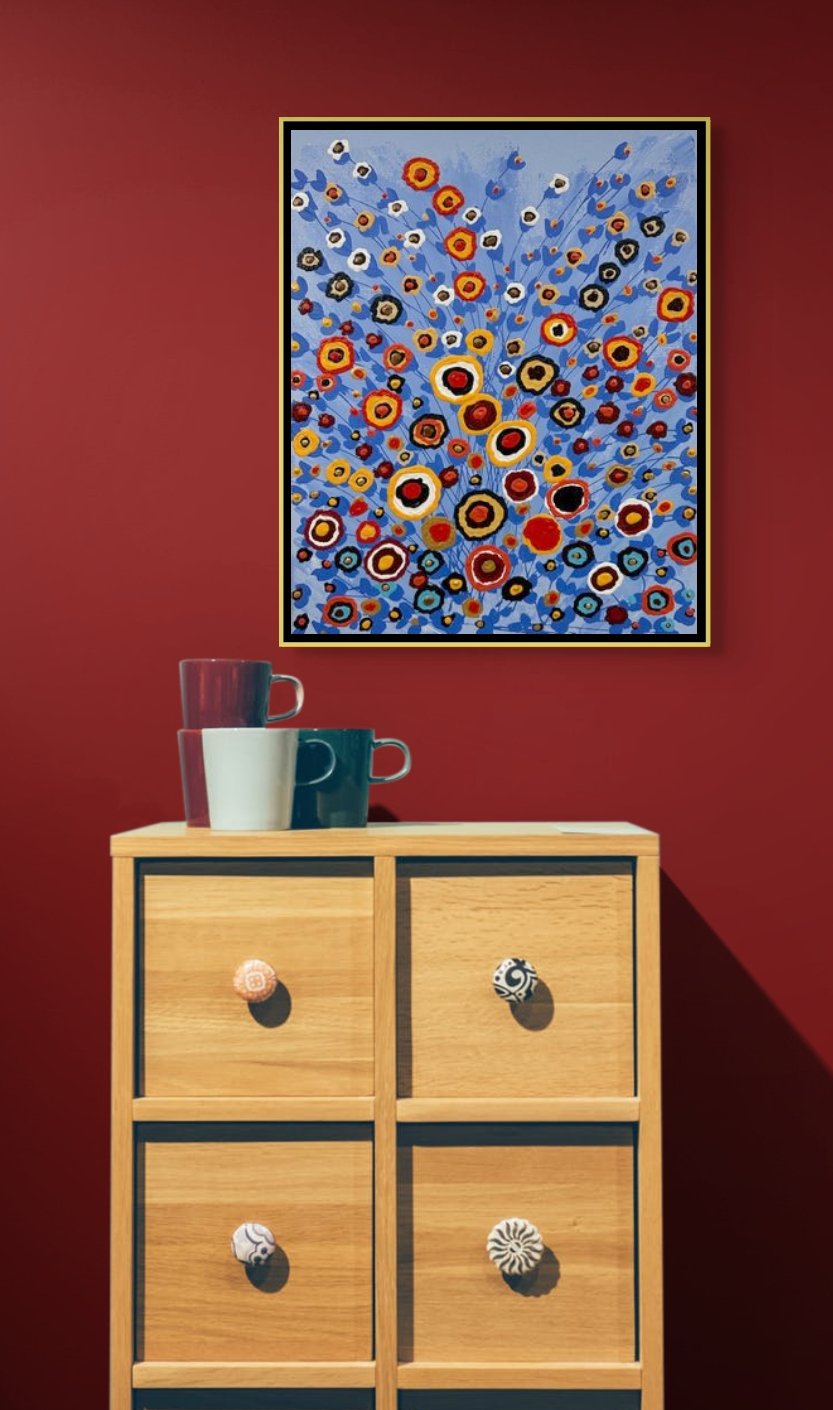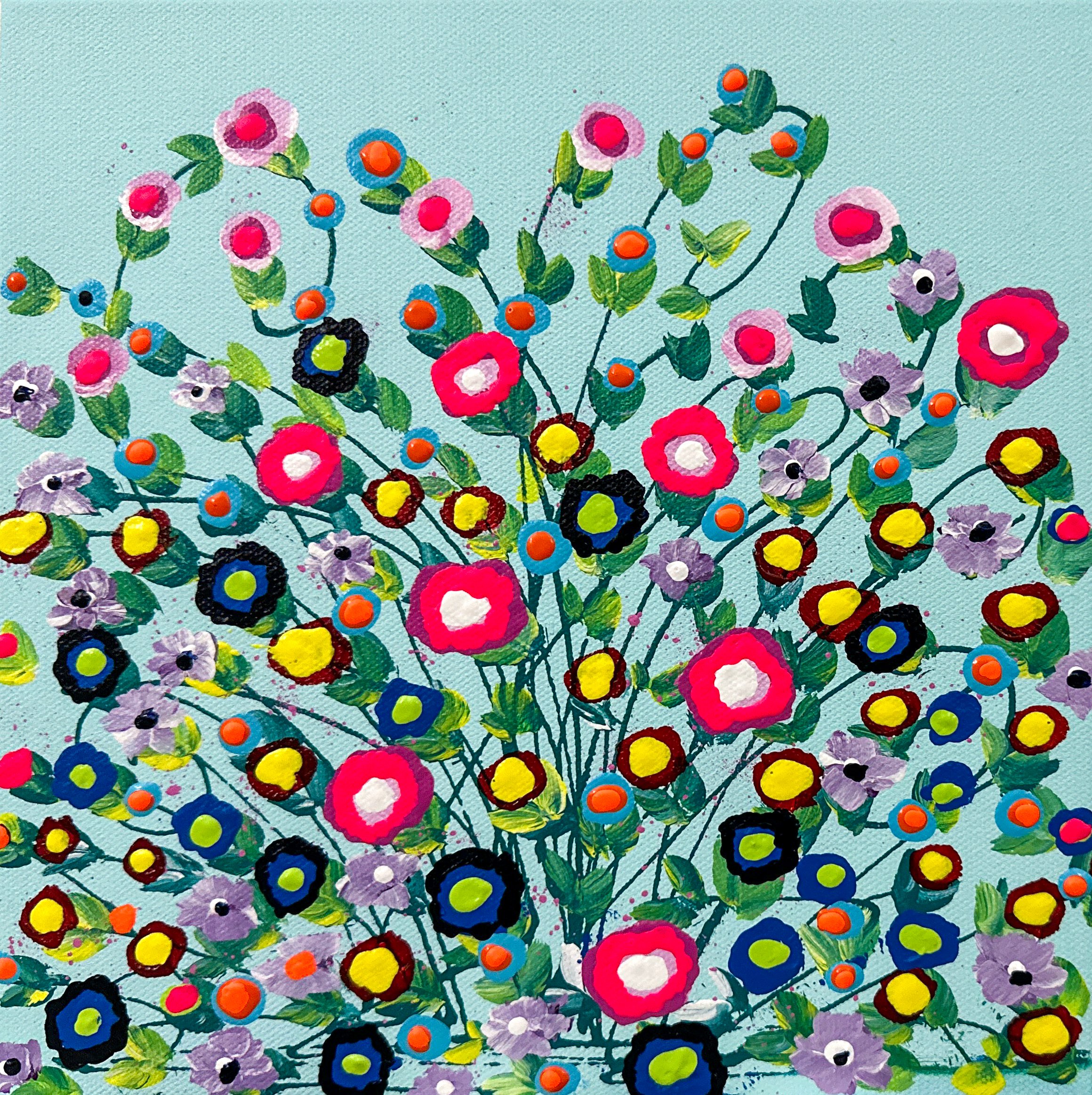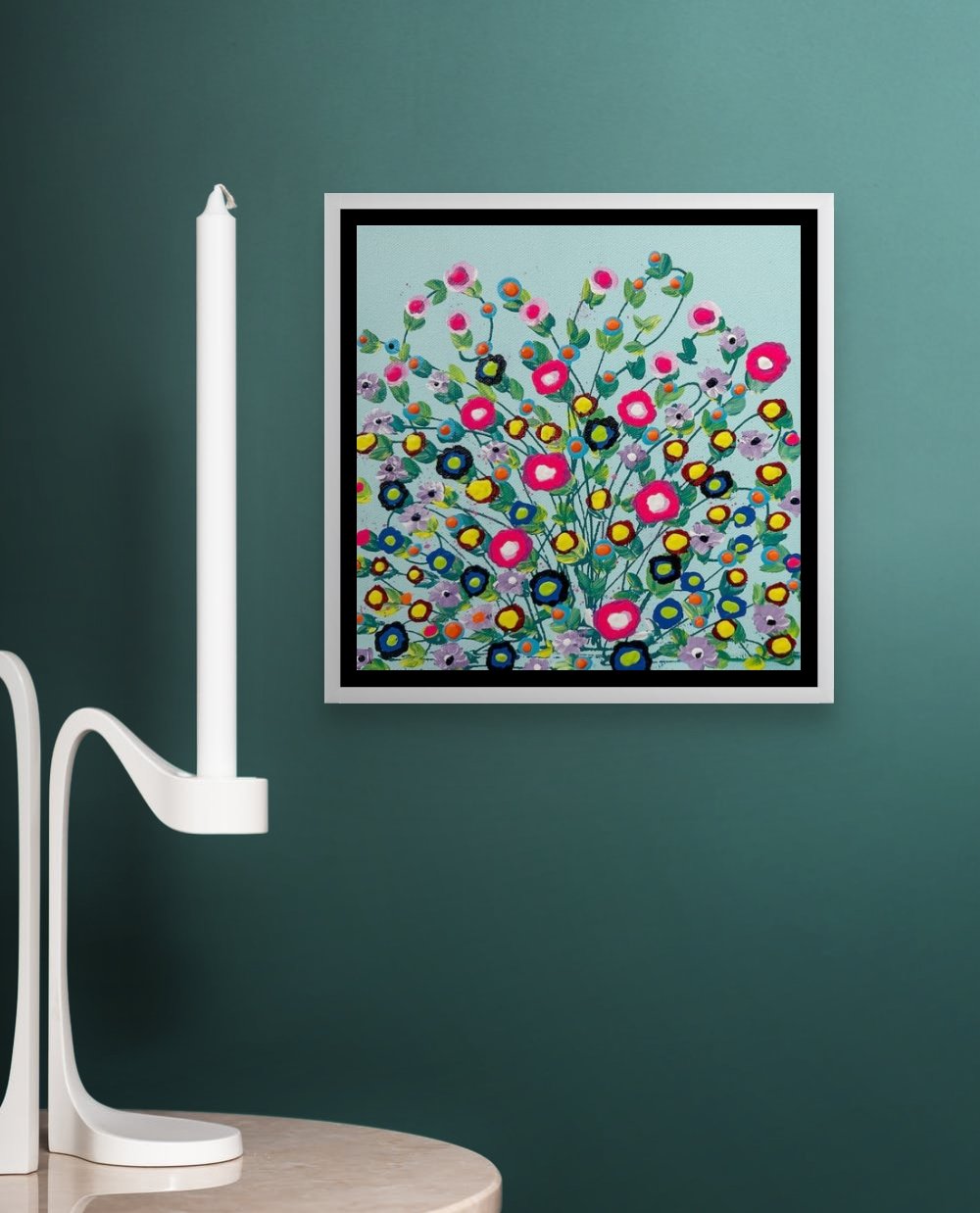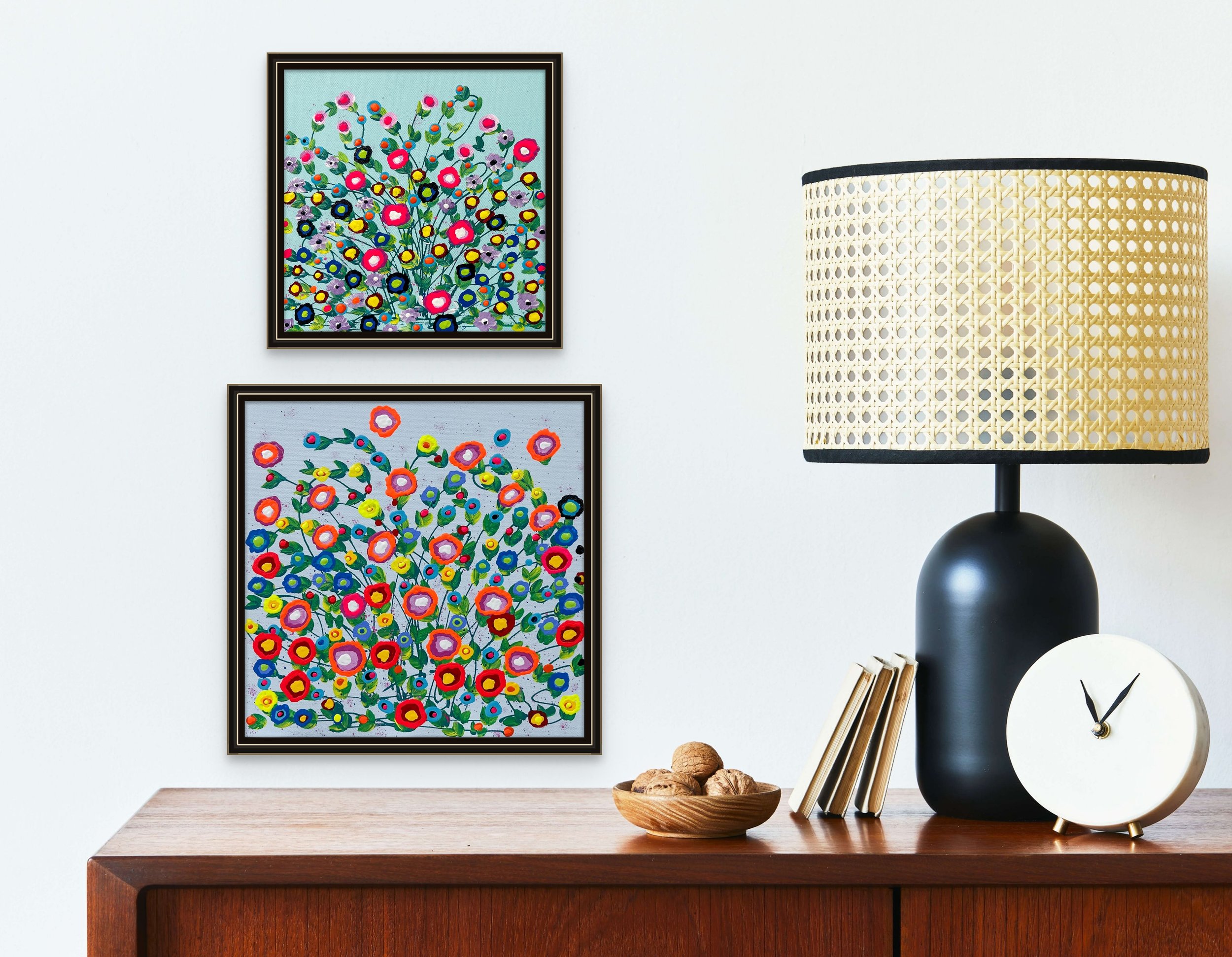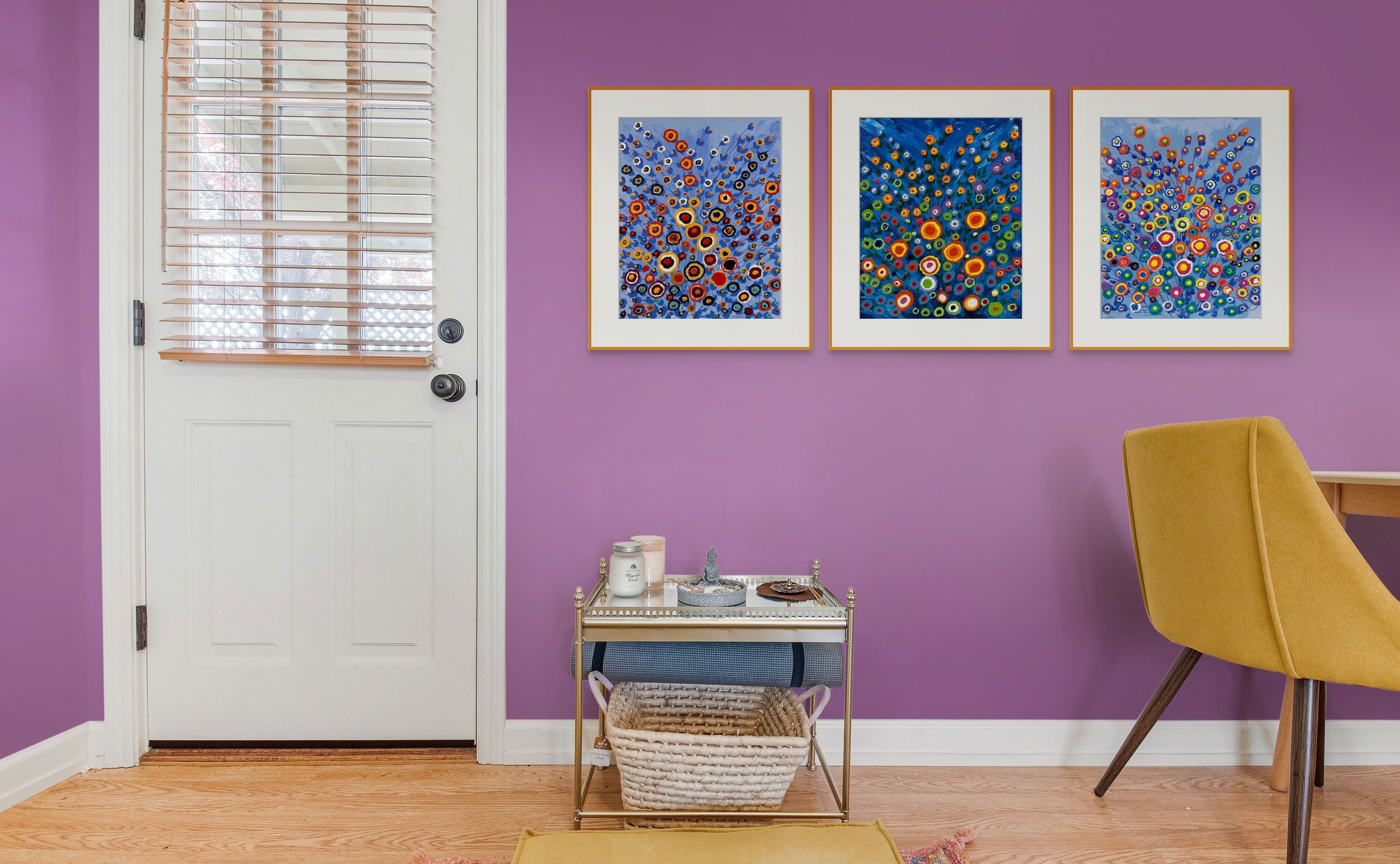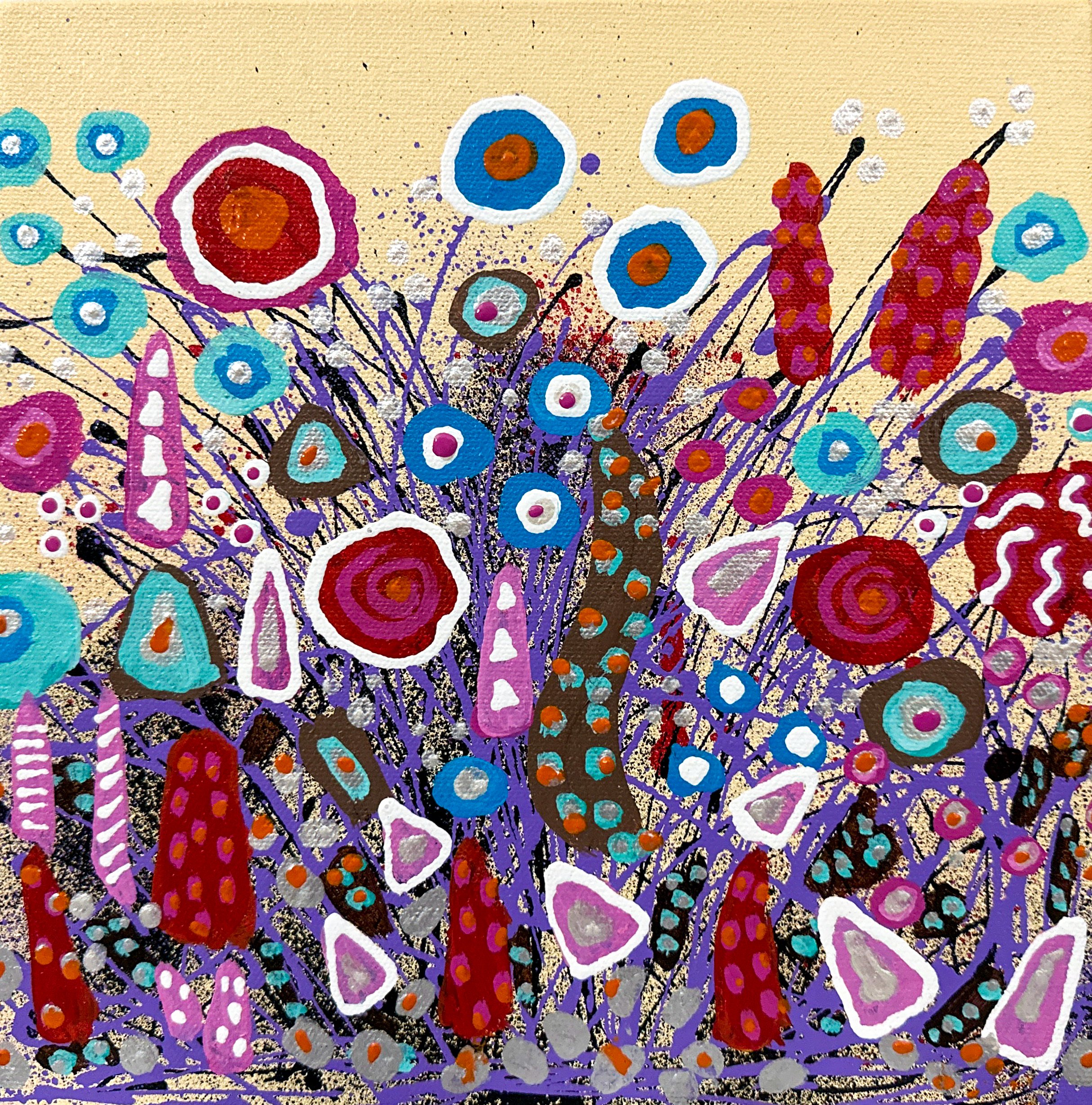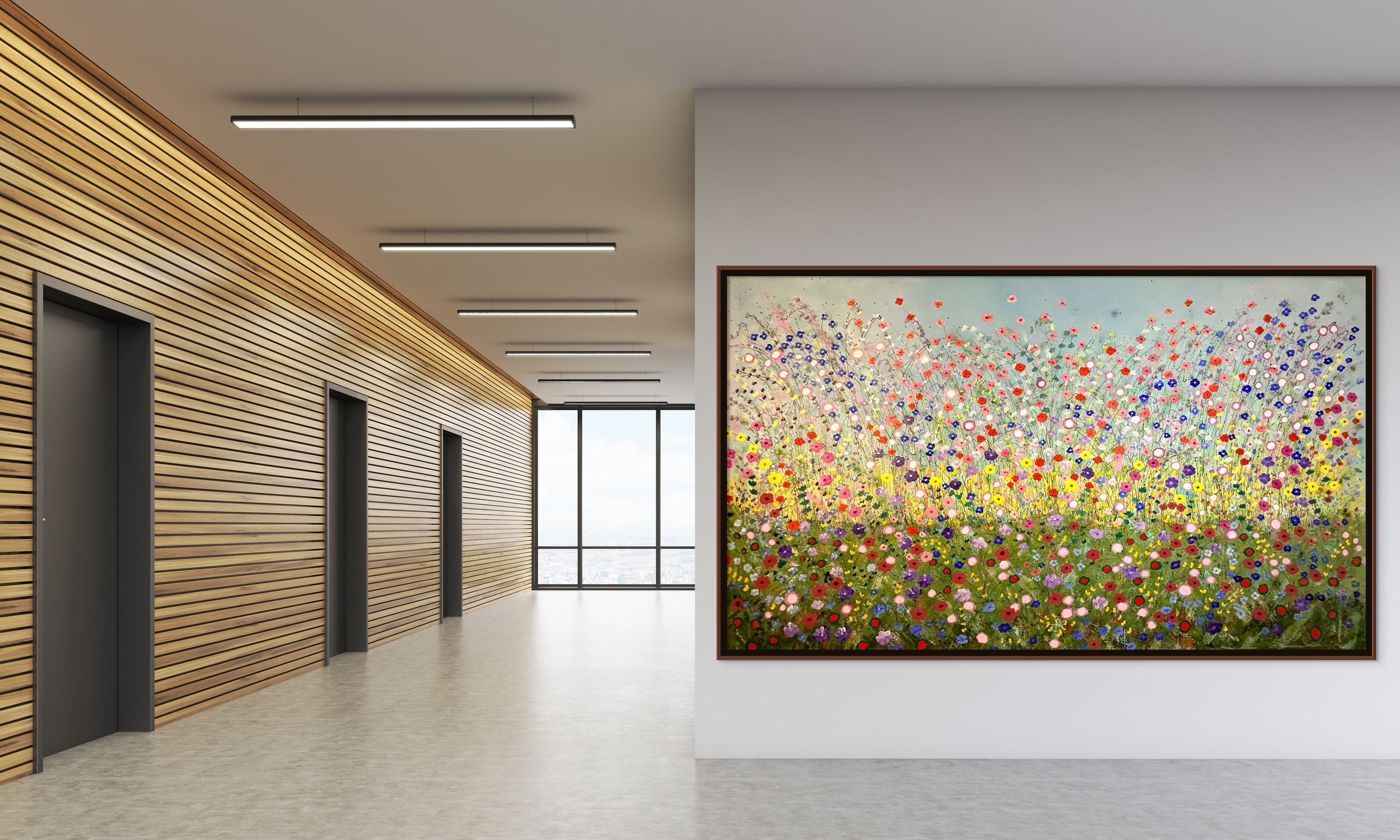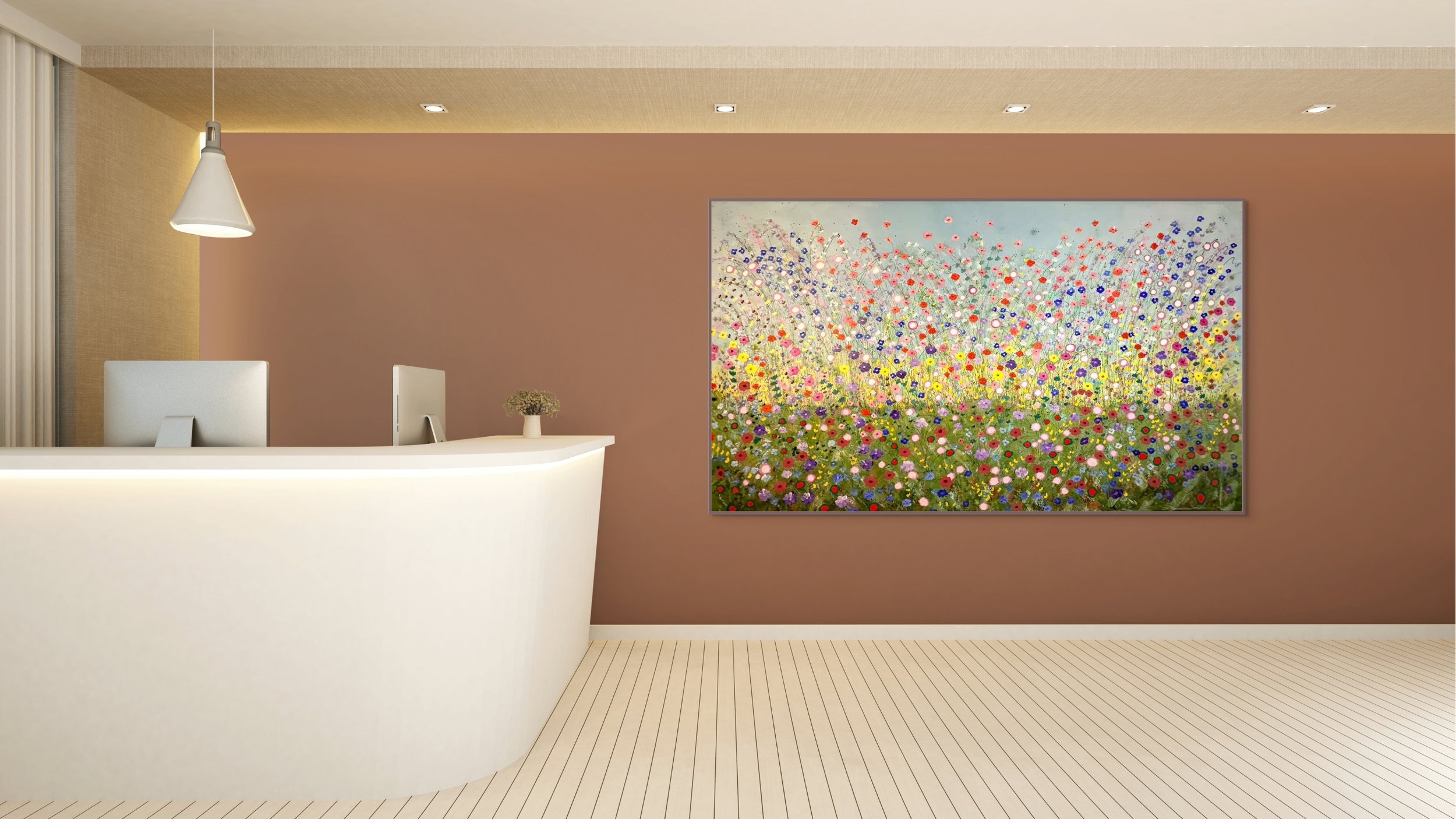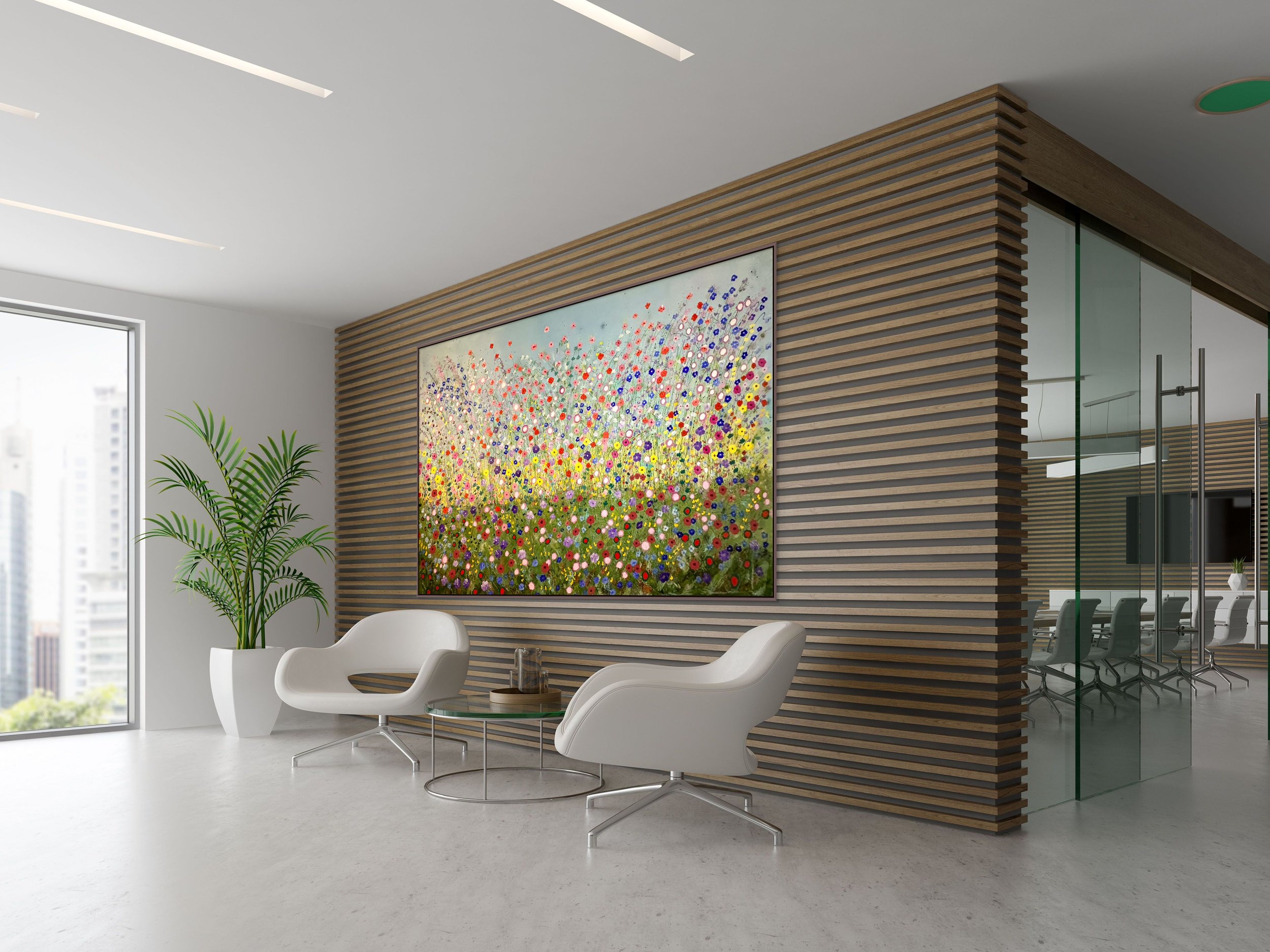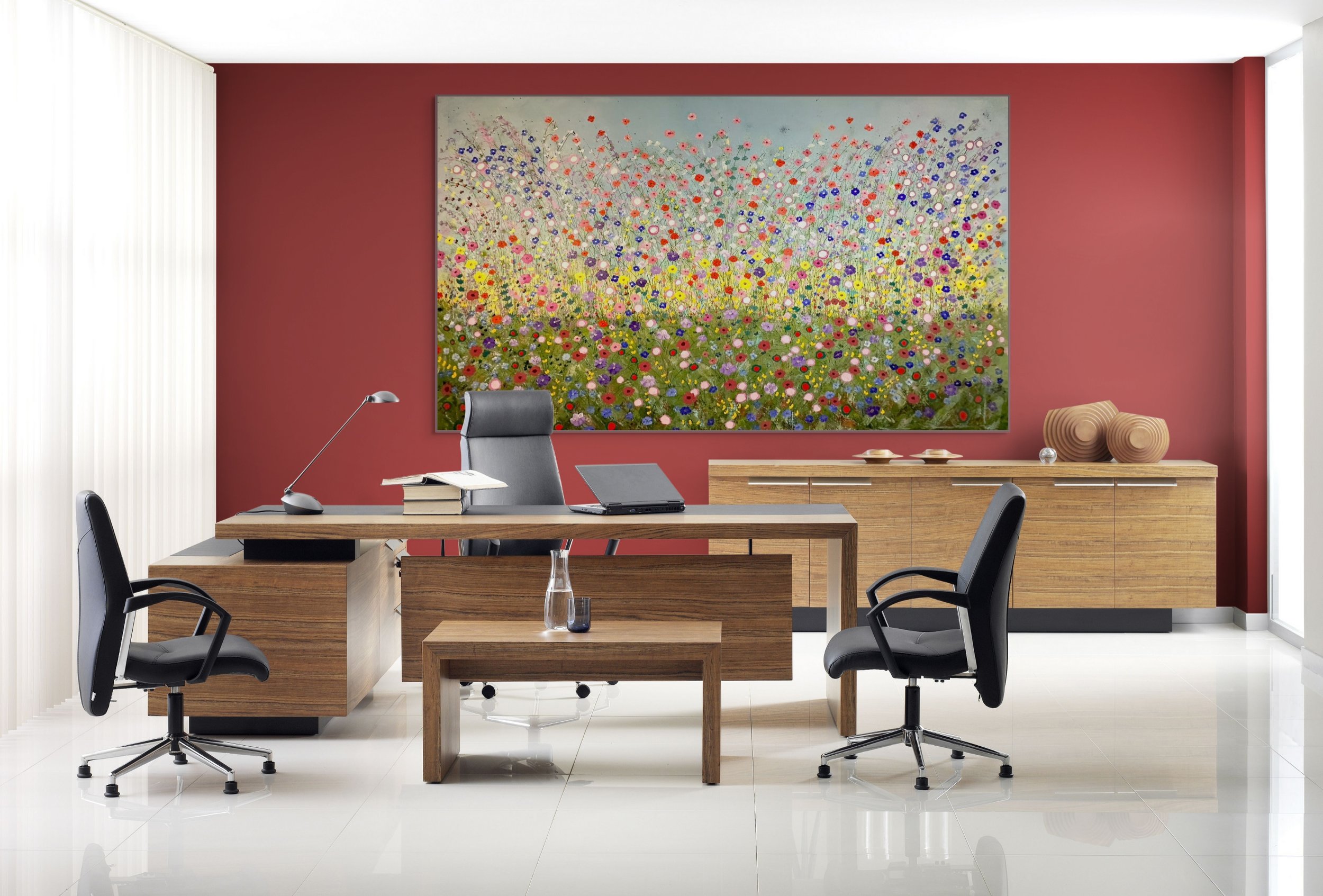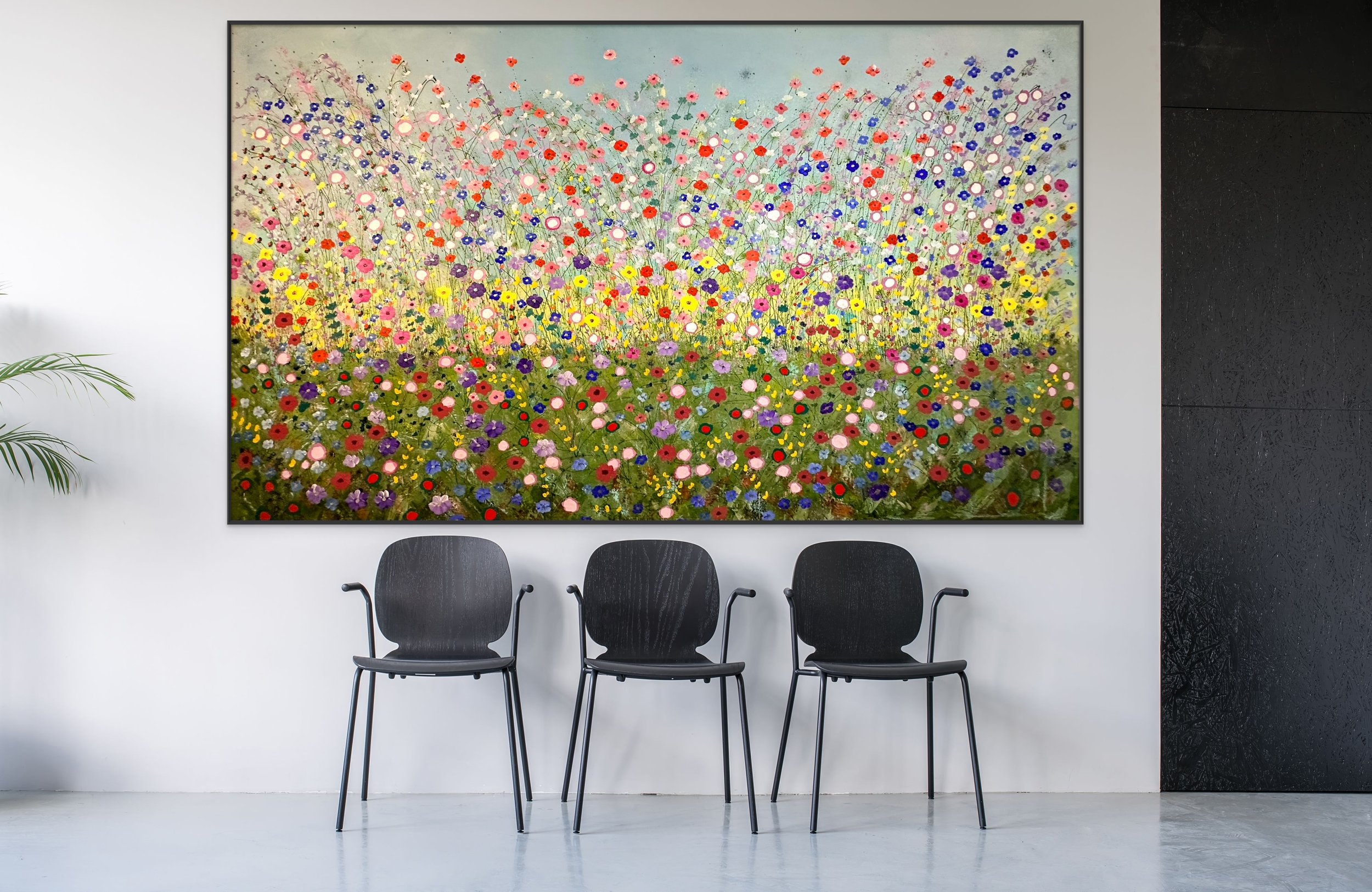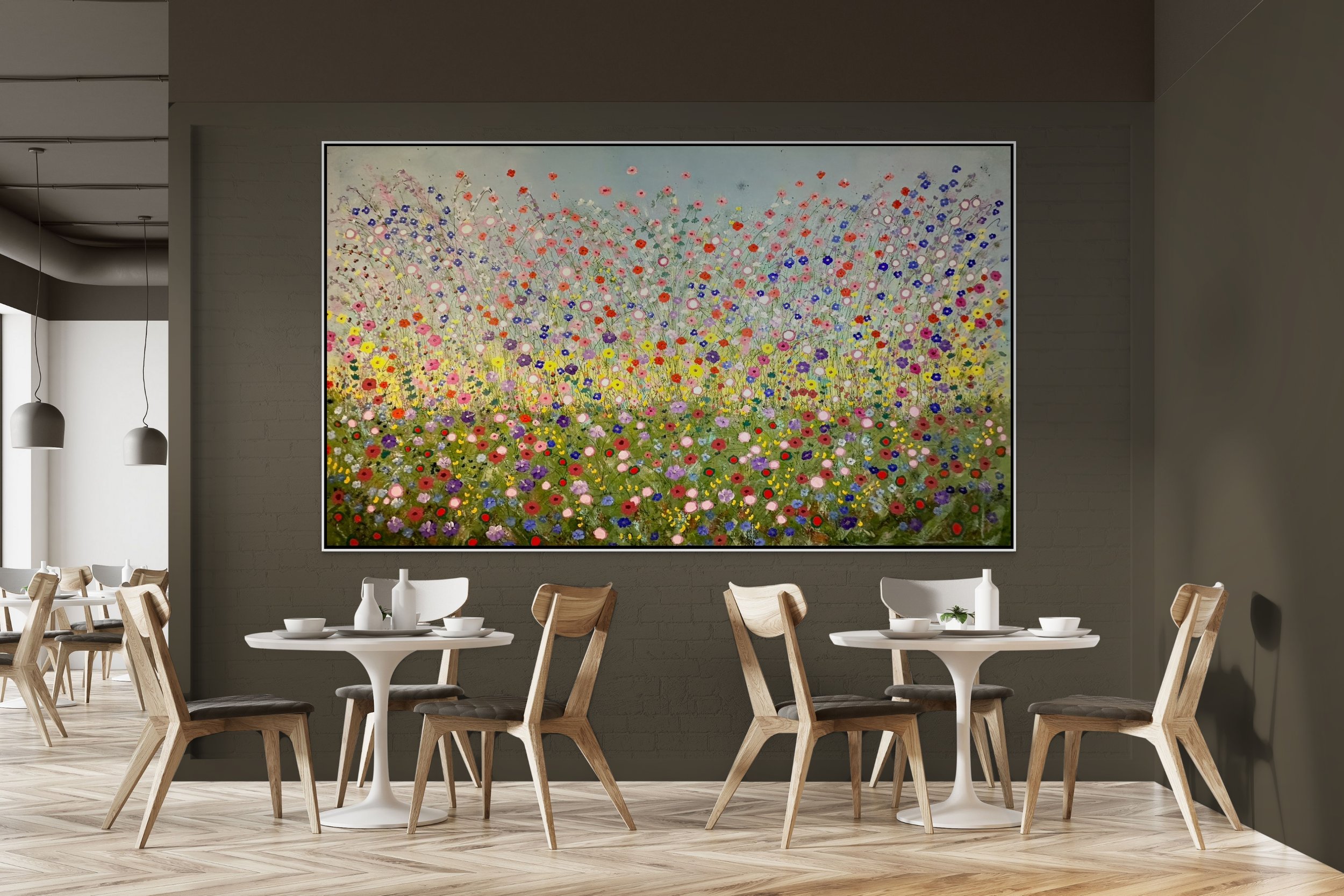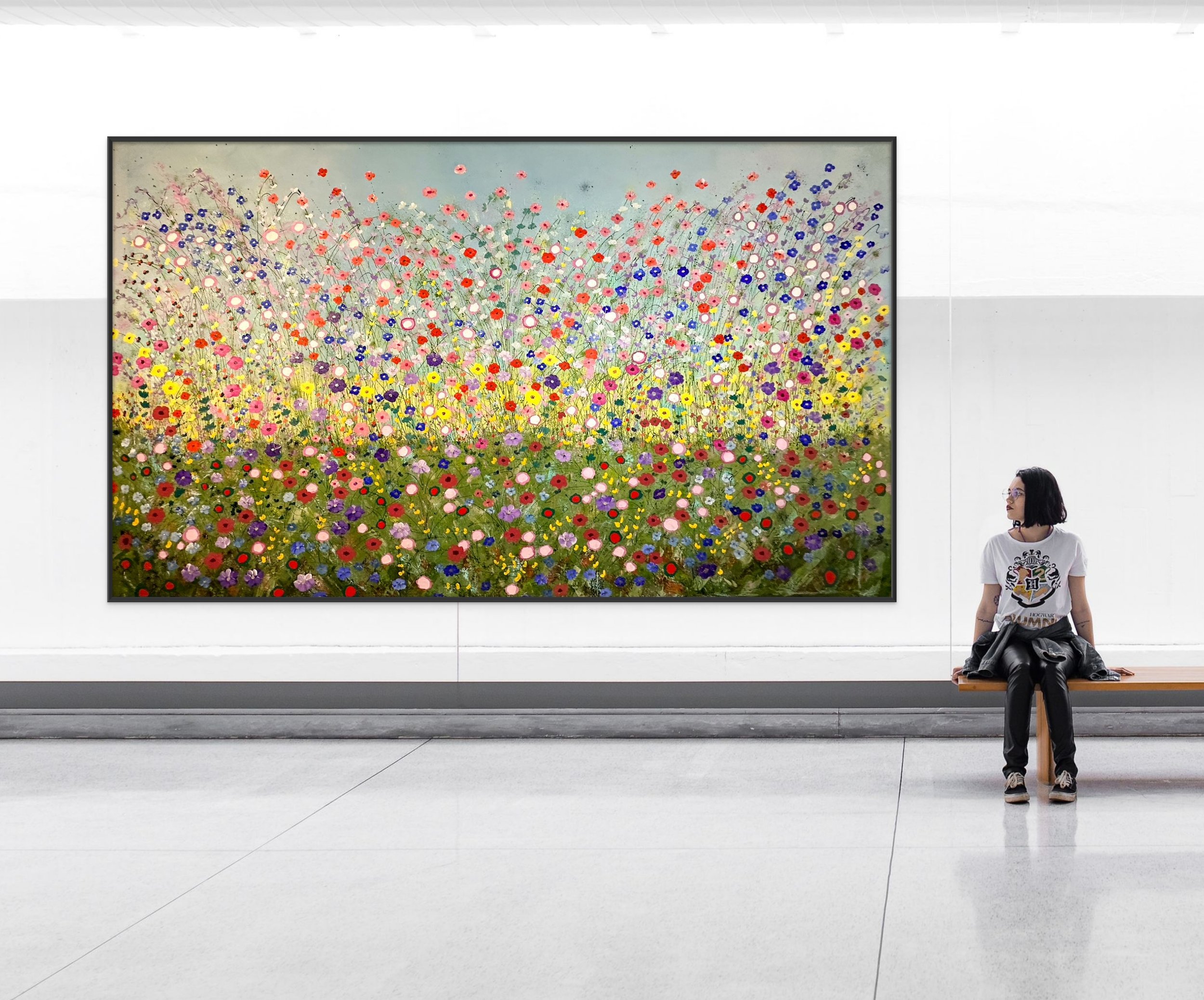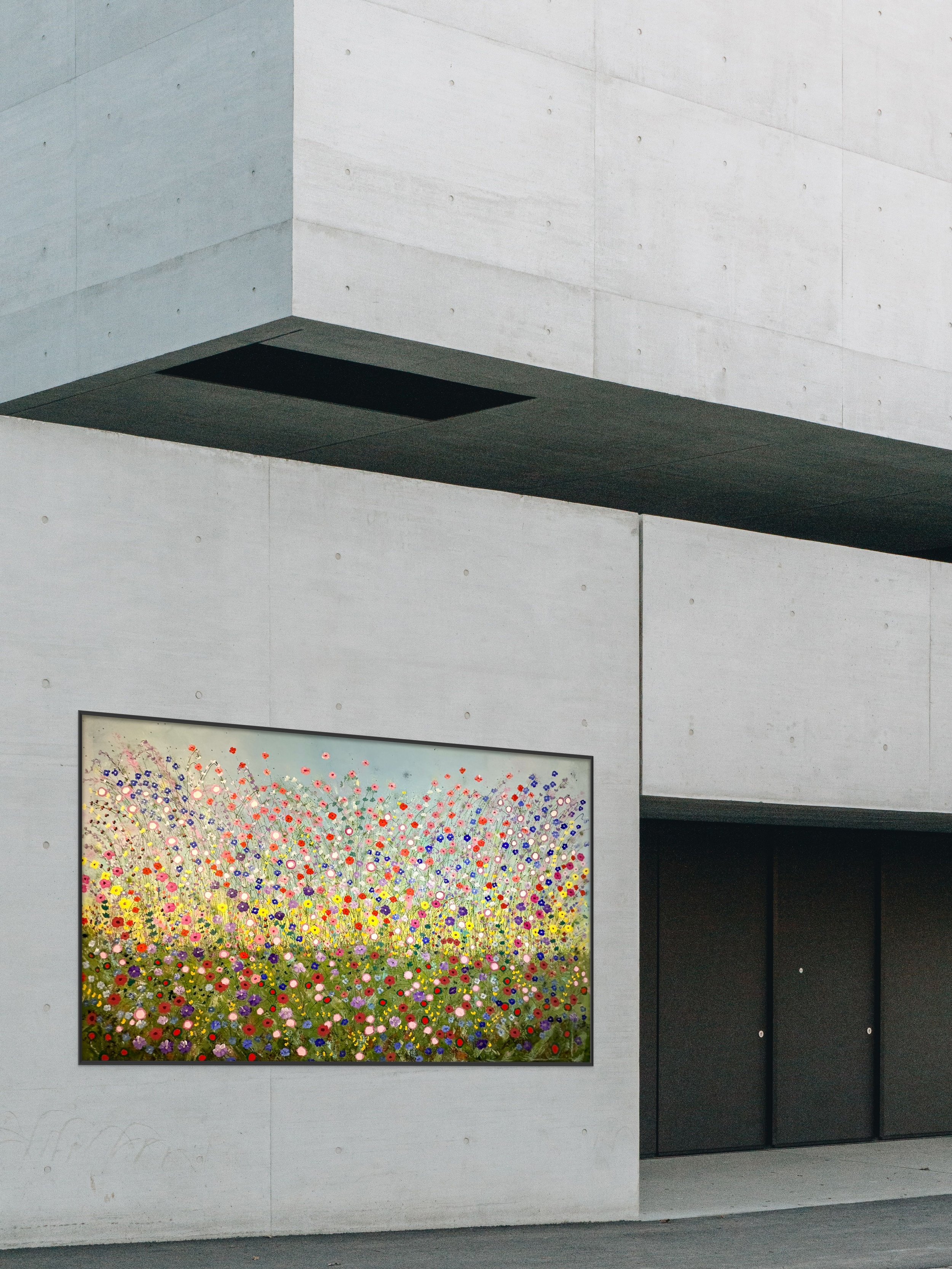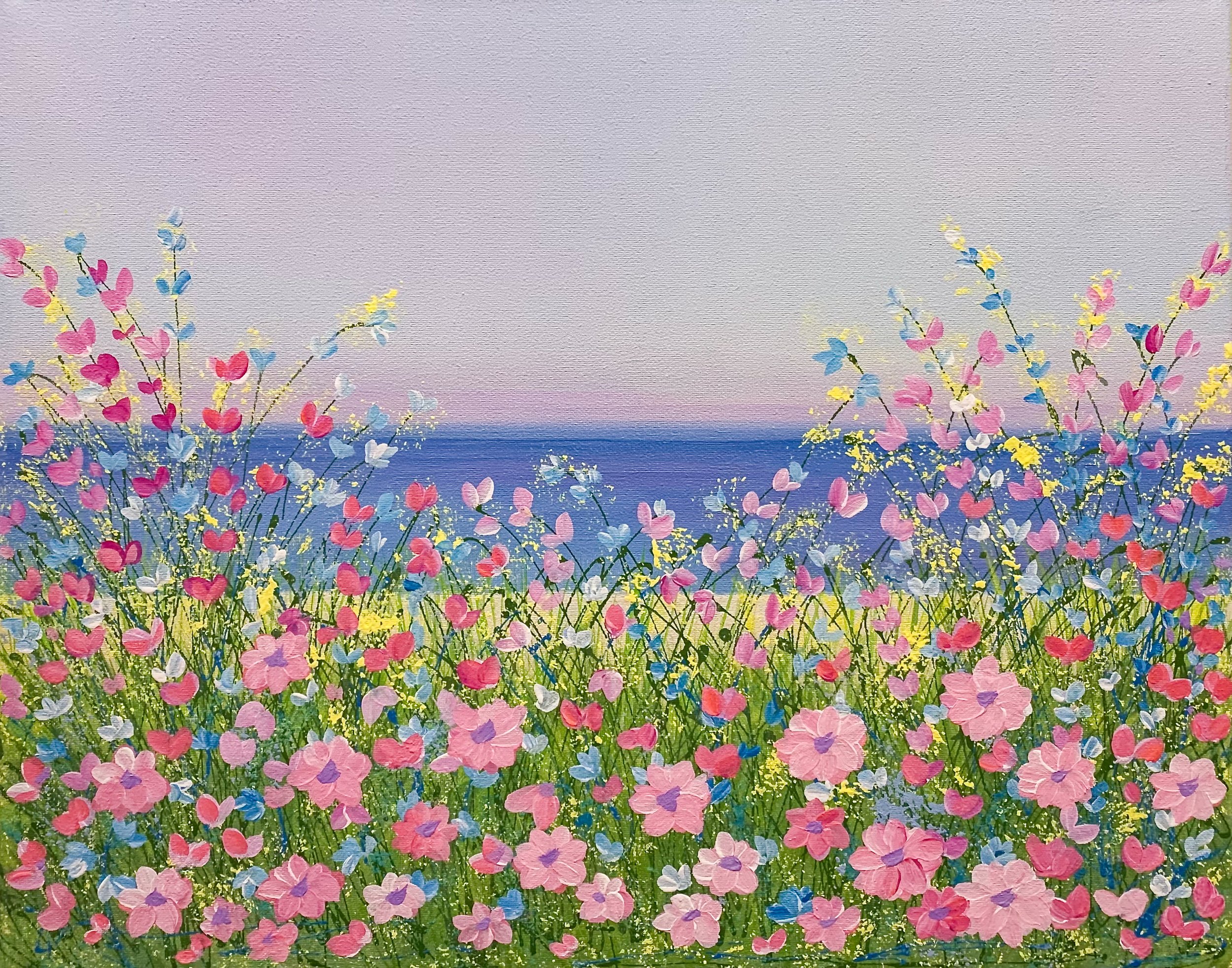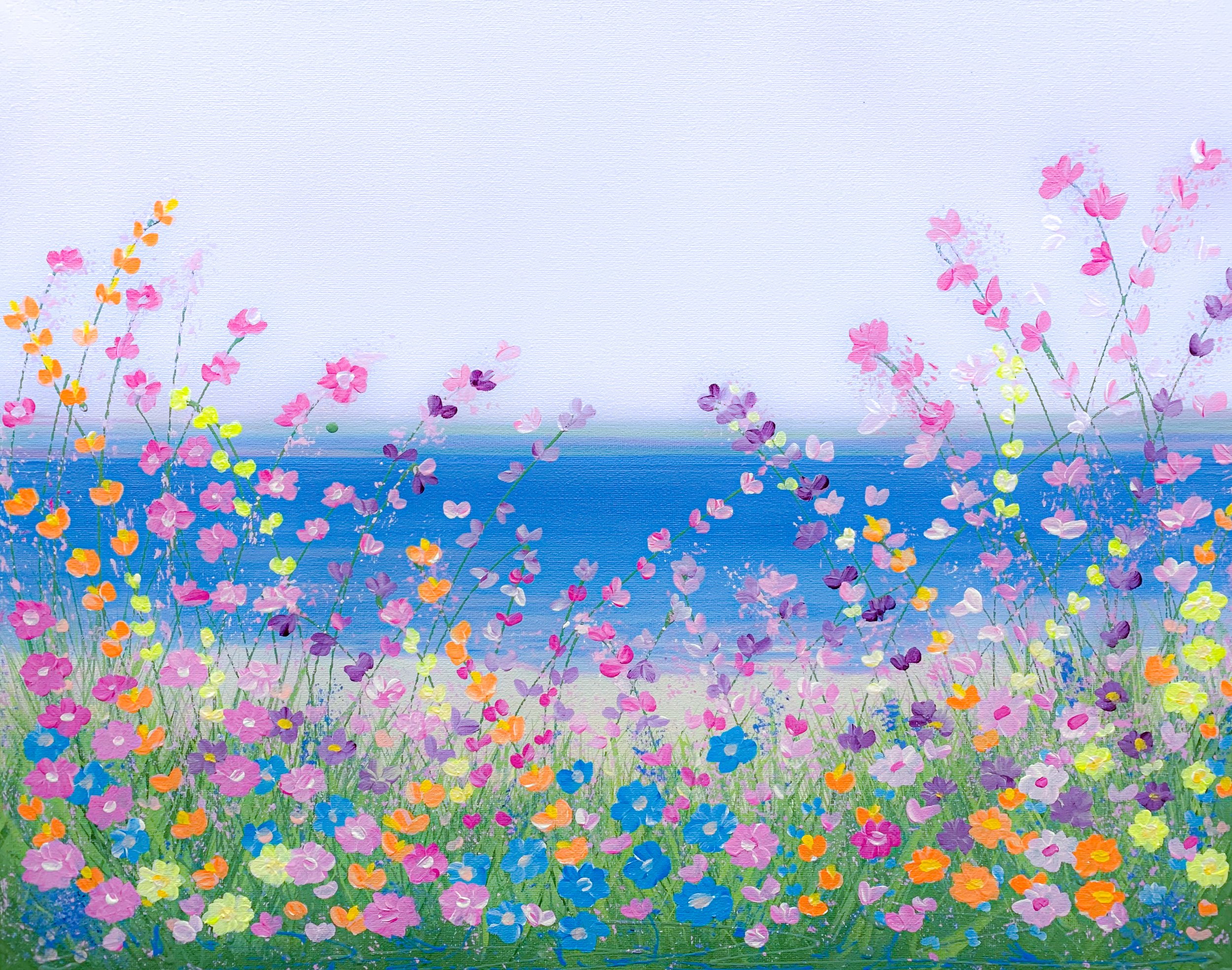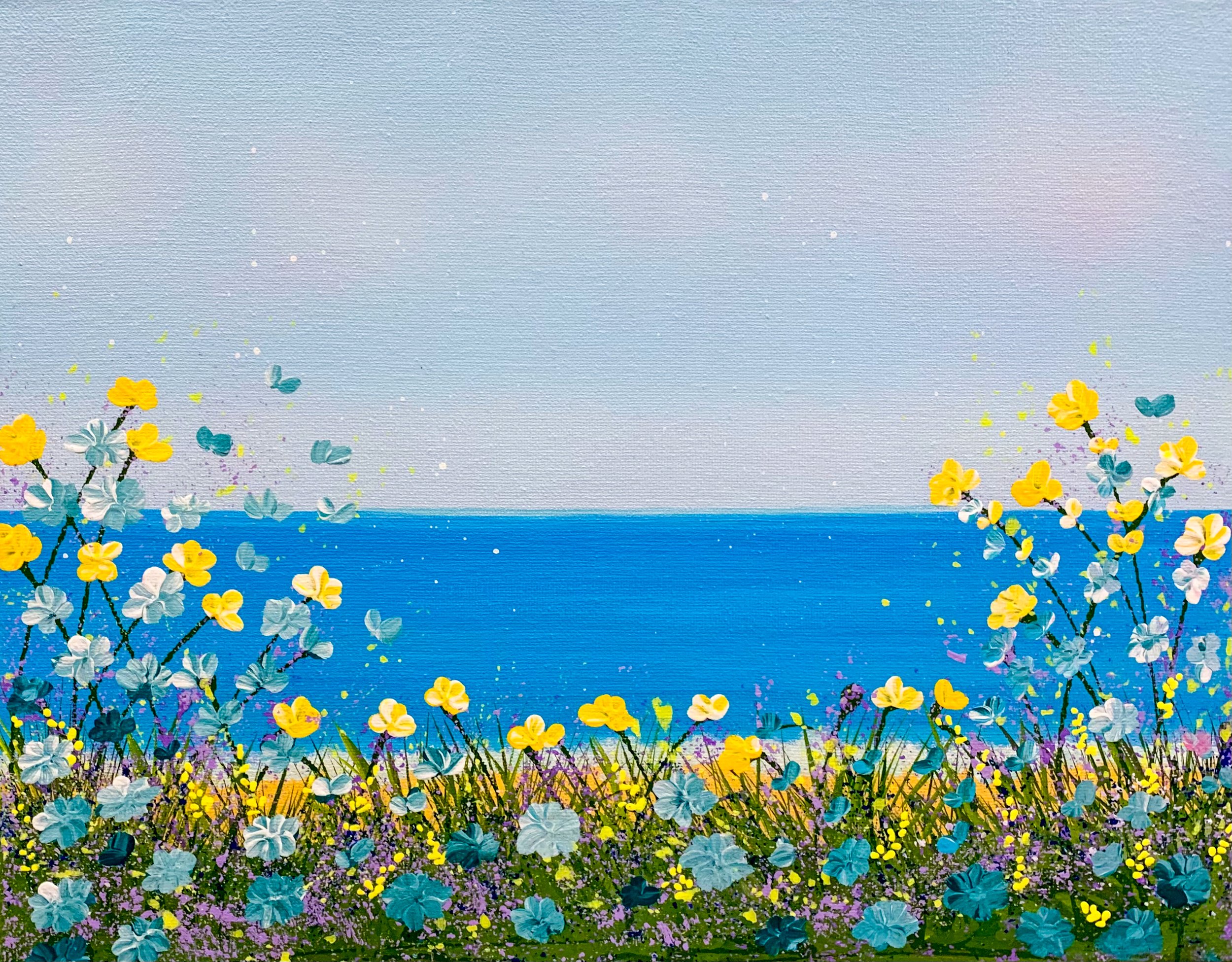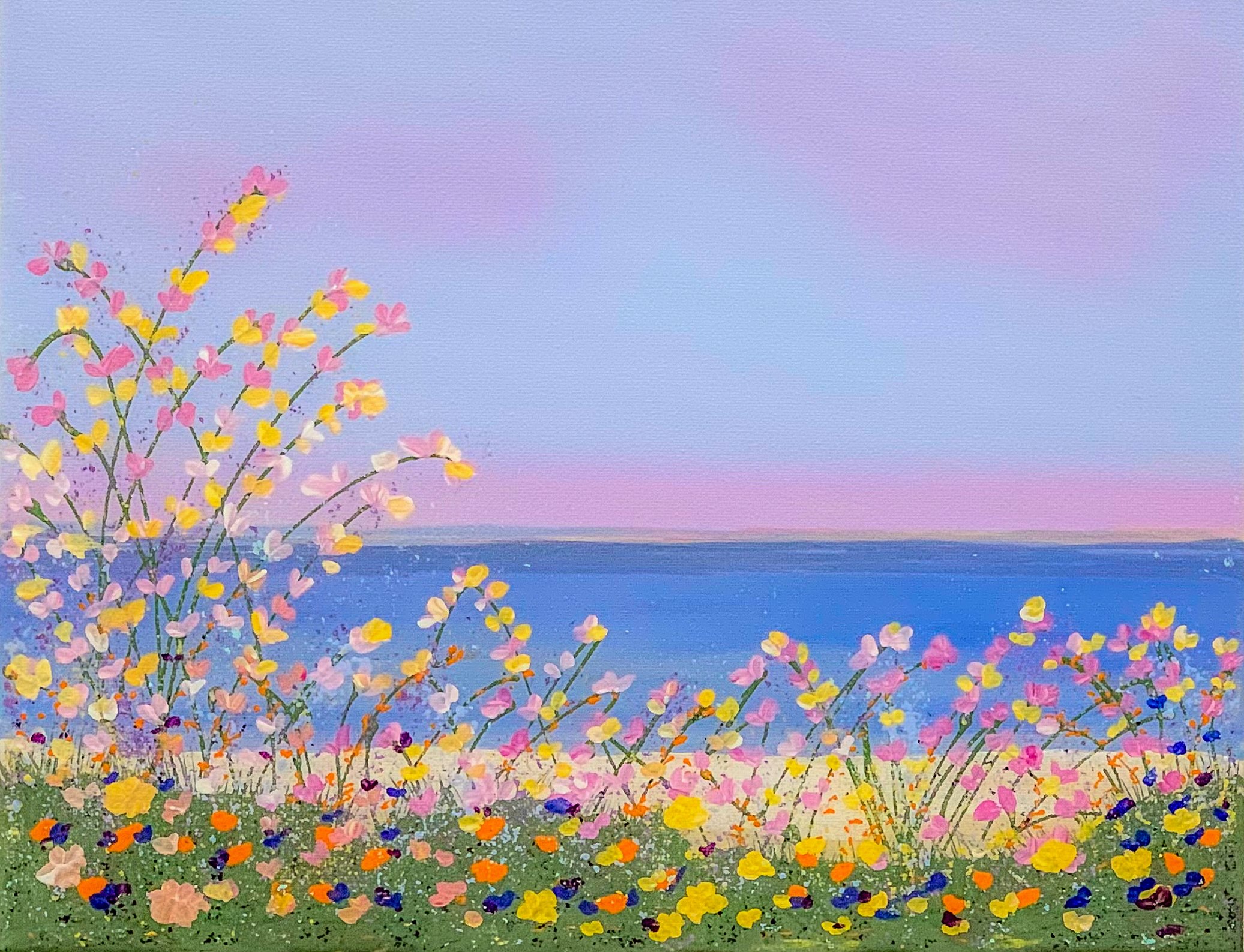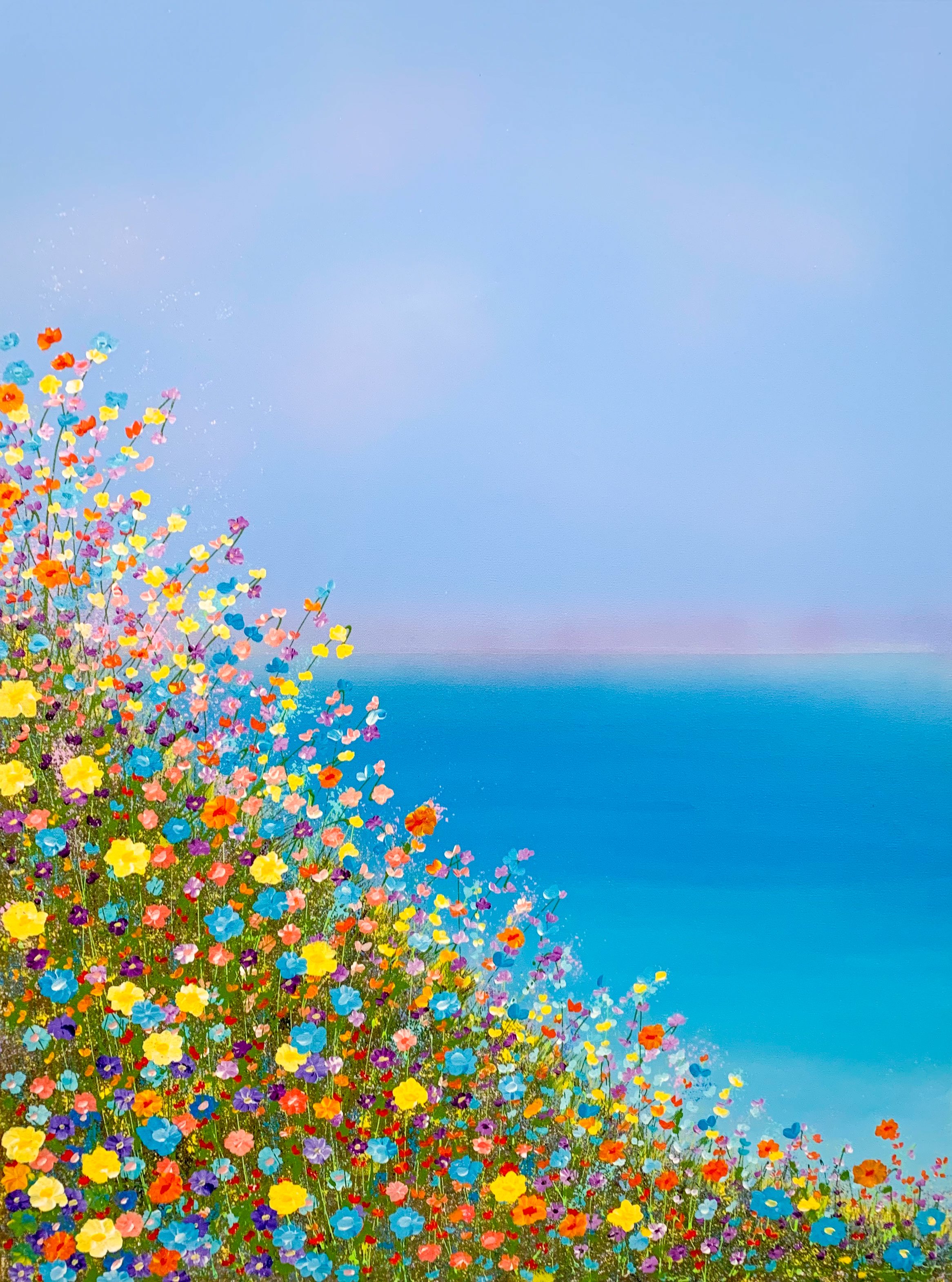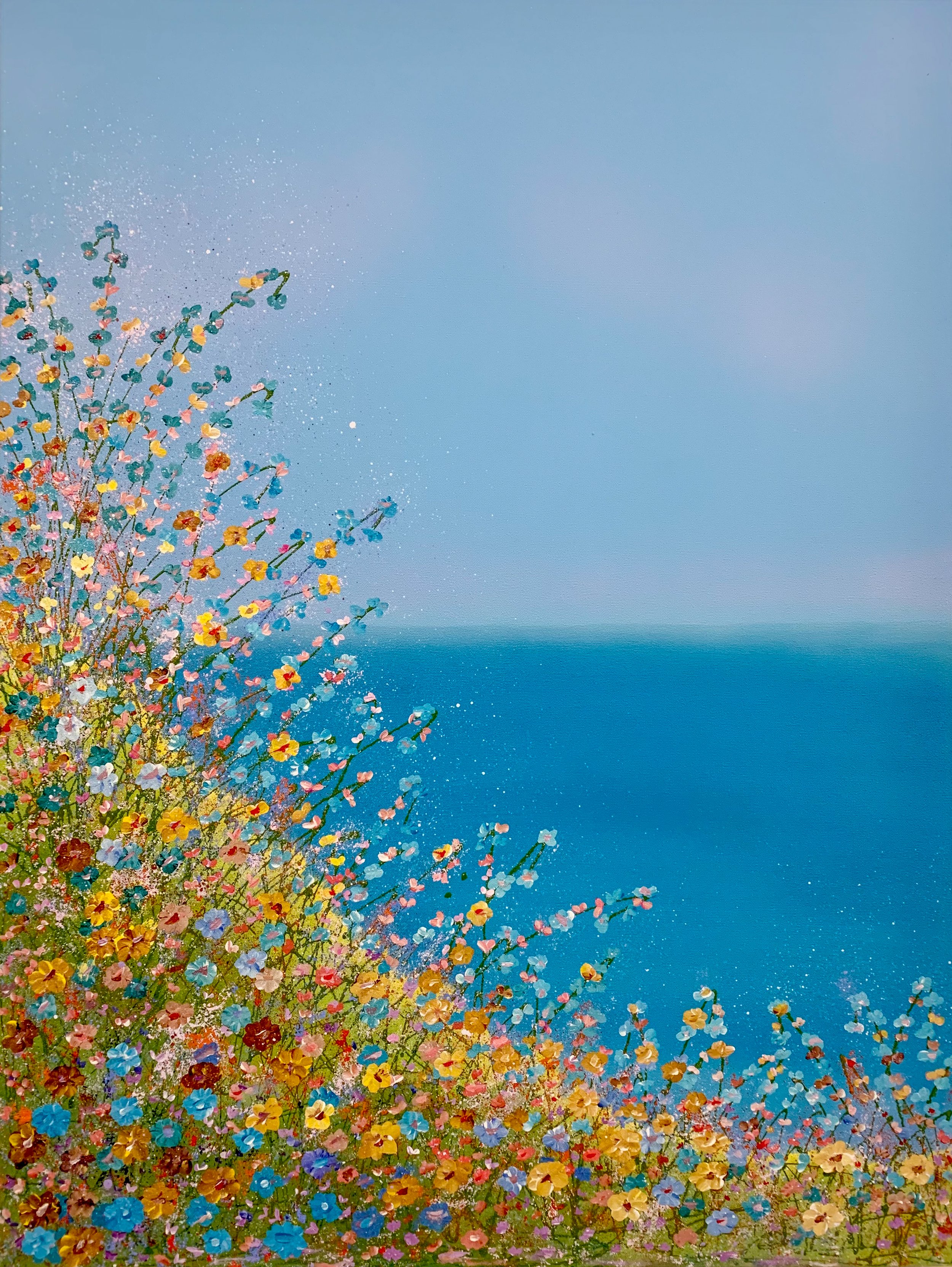Did You Know This About Our Brains And Art?
Did you know a growing body of research shows conclusively that our physical environments (rooms, buildings, walls, etc.) actually have an impact on our quality of life?
Did you know a growing body of research shows conclusively that our physical environments (rooms, buildings, walls, etc.) actually have an impact on our quality of life?
Evidence-based design has been defined as the process of basing design decisions about the built environment on credible research to achieve the best possible outcomes.
When inside built environments our brains get triggered by all kinds of things like color, lighting, texture, and especially art. In one study done on hospital waiting areas, physical and ambient properties influenced patient experiences. Areas associated with higher physical attractiveness reduced anxiety, were perceived to provide better quality of care, and were perceived to have shorter waiting times.
“Similarly, a waiting area with a nouveau (non-traditional) style was associated with lower self-reported stress and higher patient satisfaction than a traditional style.” (Improving the Patient Experience, California Healthcare Foundation)
Fun Fun Everywhere is a playful evidence-based design work of art. It’s a fun painting designed for attractiveness in a nouveau/non-traditional style.
Happy Together With Friends by Dorothea Sandra, EDAC
As I am creating this style of playful evidence-based art, there’s always the challenge of balance. One goal is to trigger the brain to create lots of feelings of fun and happiness without causing any stress. Another goal is to achieve high “distraction” levels of interest, again, without causing stress by overwhelming the viewer with too many details.
Especially when people are troubled or in pain, research studies show that happy art distractions will very positively impact the quality of human life.
For Happy Together With Friends, I was going for the moods of playfulness, happiness, and fun. I also wanted to add in a dash of ironic quirkiness with the hope of making someone—who just didn’t feel good or well—crack a smile.
I have a painting, similar to this one, in the cancer wing of a hospital. When coming out of the blood draw area and on the way to the infusion center, there it is.
Cancer patients, family members, and staff tell me all the time just how much they enjoy that painting. I’ve always suspected it’s the ironic quirkiness built into the painting’s many layers that triggers the brain to create happy emotions, especially at solemn times like this.
These paintings were created—not for their realism or beauty—but to trigger the brain to create the feelings of fun, happiness, and joy.
Take a look inside my new book, 100 Days Of Happy Happy Art, Evidence-Based Design
There’s even a chapter on neuroscience and art.
Did You Know This About Art And Health?
Did you know many evidence-based design paintings focus on the impact the art has on the brain?
Did you know many evidence-based design paintings focus on the impact the art has on the brain?
The focus of this painting is not the art. The purpose of this piece is to create an uplifting mood of peace and happiness.
Peace And Happiness by Dorothea Sandra, EDAC (60”x96”)
The painting above is an evidence-based design floral that incorporates information from many medical and scientific research studies on the brain, art, and health.
The question should be, “Does this painting make viewers feel uplifted and happy?”
What matters most is that the piece triggers the brain to create chemicals that actually produce happy feelings.
Today we have fabulous technology to study the brain and see how art impacts it. I was recently interviewed by the International + Mind Lab at the Center for Applied Neuroaesthetics, Pedersen Brain Science Institute at the Johns Hopkins University School of Medicine for my work creating evidence-based design art.
The principal investigator of the study I was in, Susan Magsamen, is a leader in this field and in her book, Your Brain on Art, How the Arts Transform Us, she writes: “New research, discoveries, and applications continue to mount. The sheer magnitude of this work is exceptional, and it promises to continue to accelerate. In the near future, as ever-more-sophisticated neuroaesthetic research becomes capable of measuring the effect of the arts on neural networks and those 600-plus mechanisms already identified, we will know more about how the arts affect us and how they can further benefit every aspect of our lives.” (p231)
During my interview with the Johns Hopkins School Of Medicine team, I emphasized that while I am creating evidence-based design paintings, my primary focus is not on creating beautiful art.
My focus while I am painting is to use established evidence-based design guidelines and principles to create art that impacts the brain so happy chemicals (like dopamine) are created.
With today’s evidence-based design art, the question isn’t, “Do you like this?” The question is, “How does this painting make you feel?”
Take A Peek Inside My New Book, 100 DAYS OF HAPPY HAPPY ART, EVIDENCE-BASED DESIGN.
Click the book cover to view.
Did You Know This About The Brain And Art?
Did you know many scientists, researchers, and medical experts have been studying our brains and art?
Did you know many scientists, researchers, and medical experts have been studying our brains and art?
Their many credible studies have even resulted in creating actual guidelines for evidence-based designers and artists to follow while creating designs/art that positively impacts the human brain and emotions.
With landscapes, waterscapes, and garden scenes, one guideline is to have visual depth or openness in the immediate foreground. A reason for this is that the depth or openness creates an absence of a threat or ambiguity—two things many humans do not like or fear.
Another guideline based on credible scientific/medical studies is to offer designs with warmer seasons, verdant vegetation, and flowers in bloom. Calm or non-turbulent waters are also well received by the human mind and emotions.
In this 1:22 minute video on 21st century Great Lakes art, many of these evidence-based design paintings feature non-turbulent water along with lush vegetation and flowers in bloom. The video’s theme was today’s Great Lakes art, but many of the paintings were created using evidence-based design guidelines developed by scientists, researchers, and medical experts.
Here are some close-up views of sold paintings that were created using many evidence-based principles and guidelines. In addition to meeting the evidence-based design guidelines, I build into each painting artistic qualities that trigger our brains to create feelings of happiness and joy. I’m always asked to do commissions of these, and they usually sell not long after being put on display. One newspaper writer referred to me an artist of happiness and hope. I believe it is because I translate very credible scientific/medical study results into works of art.


